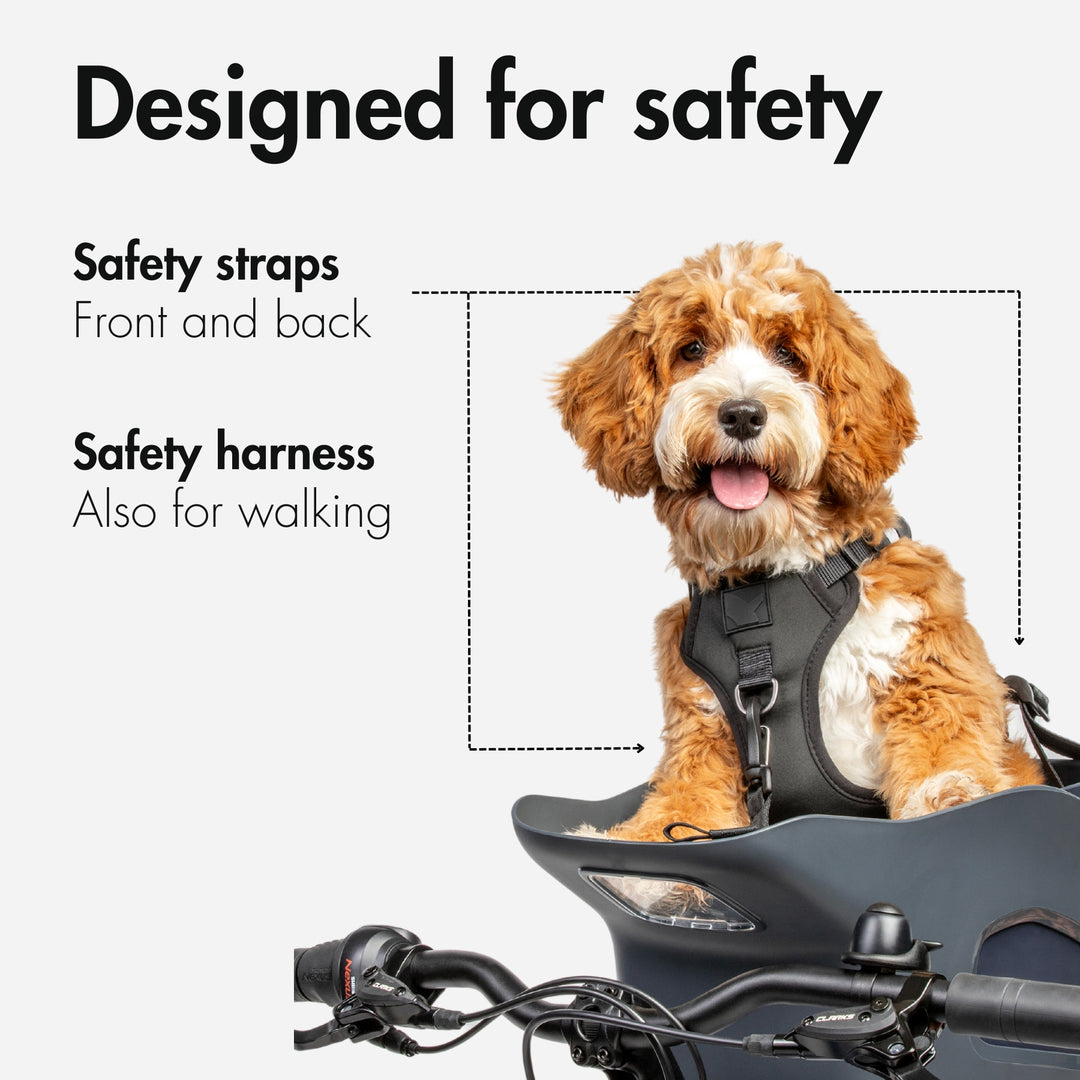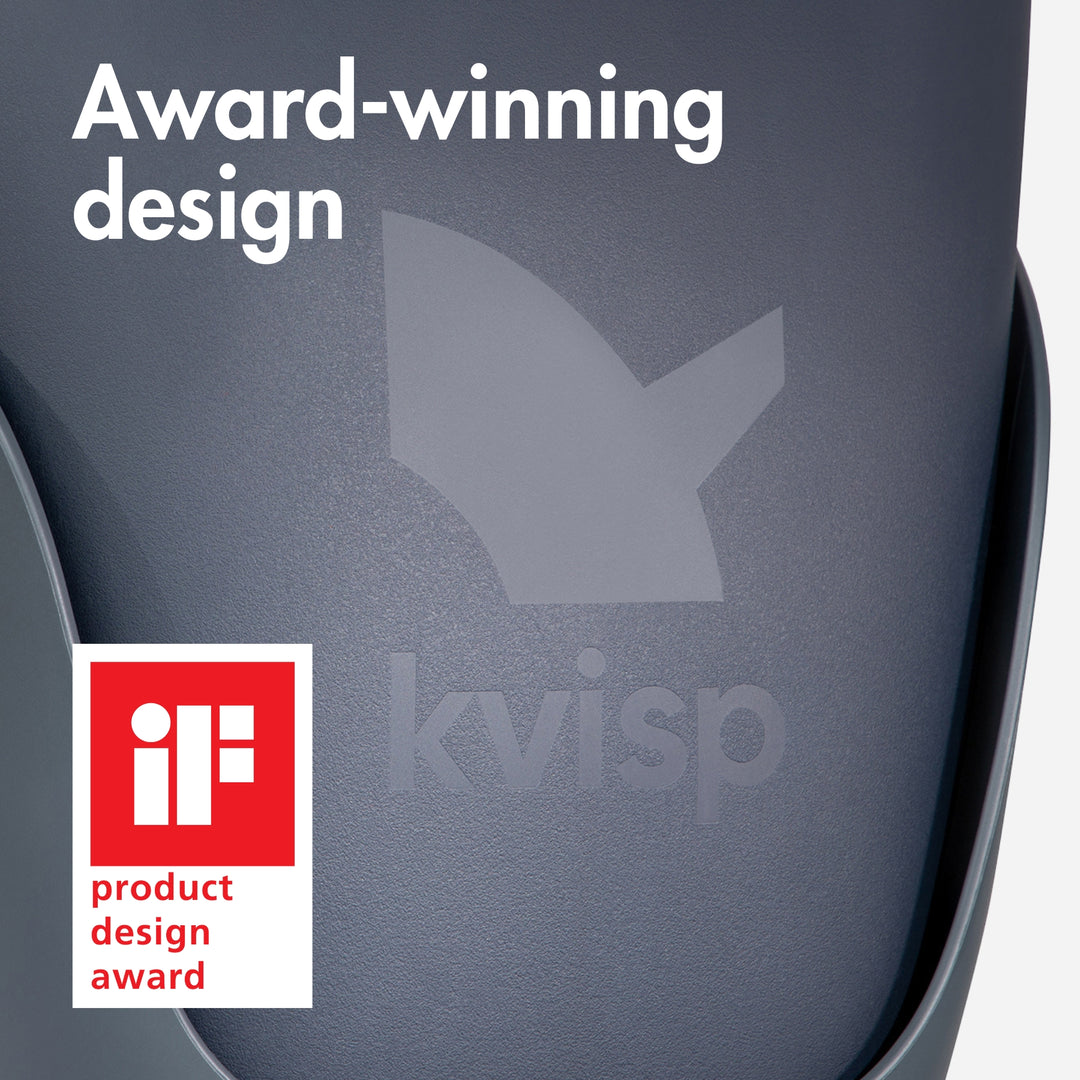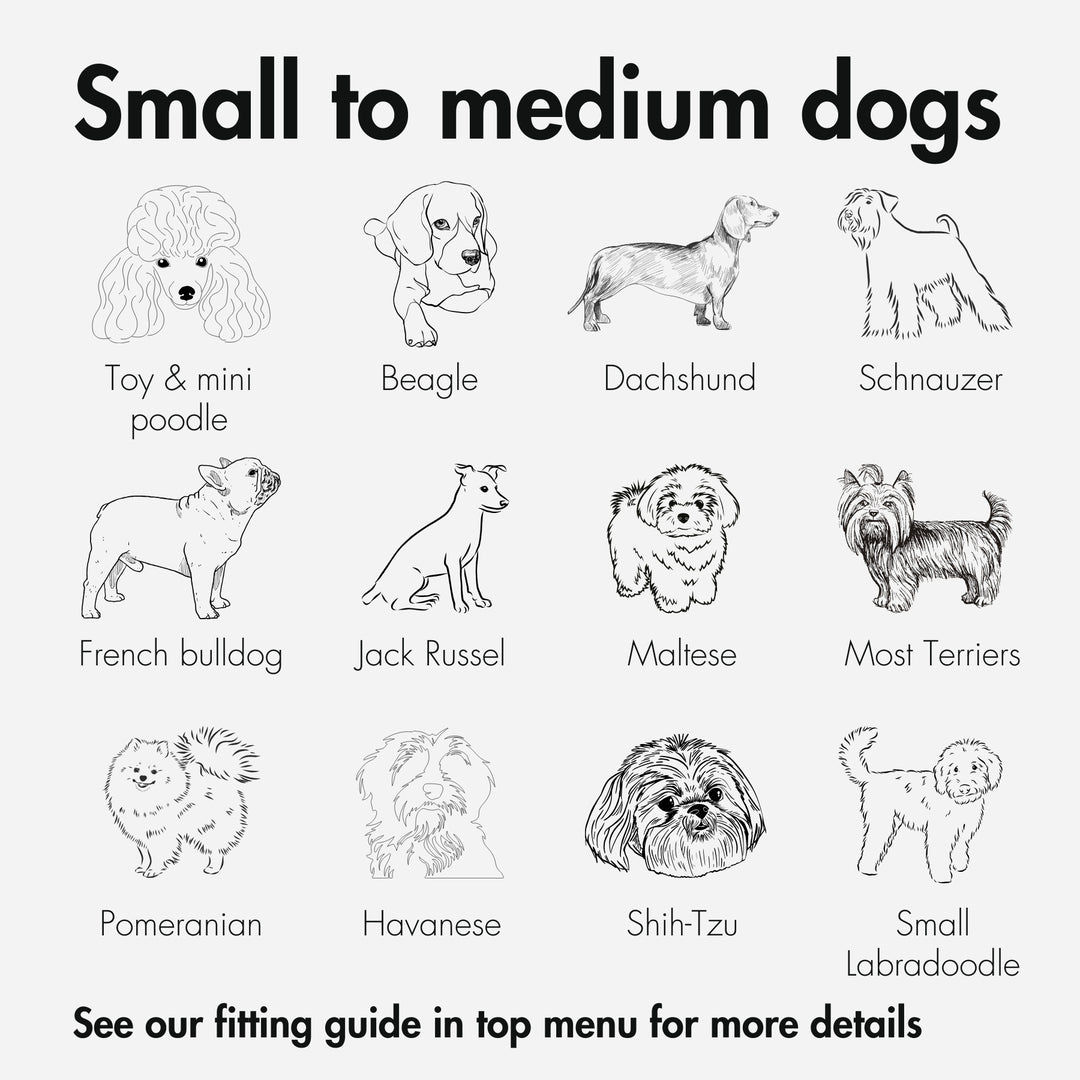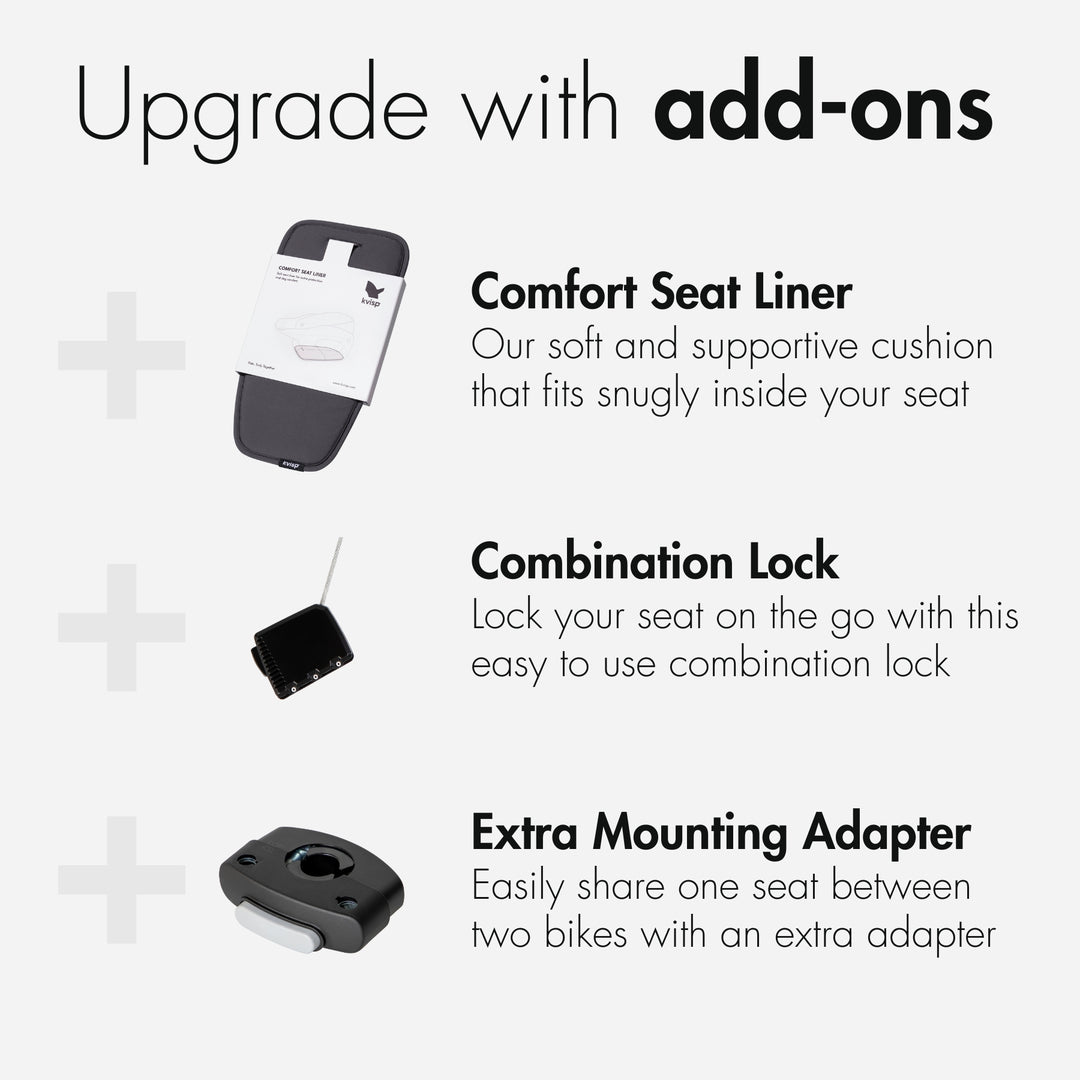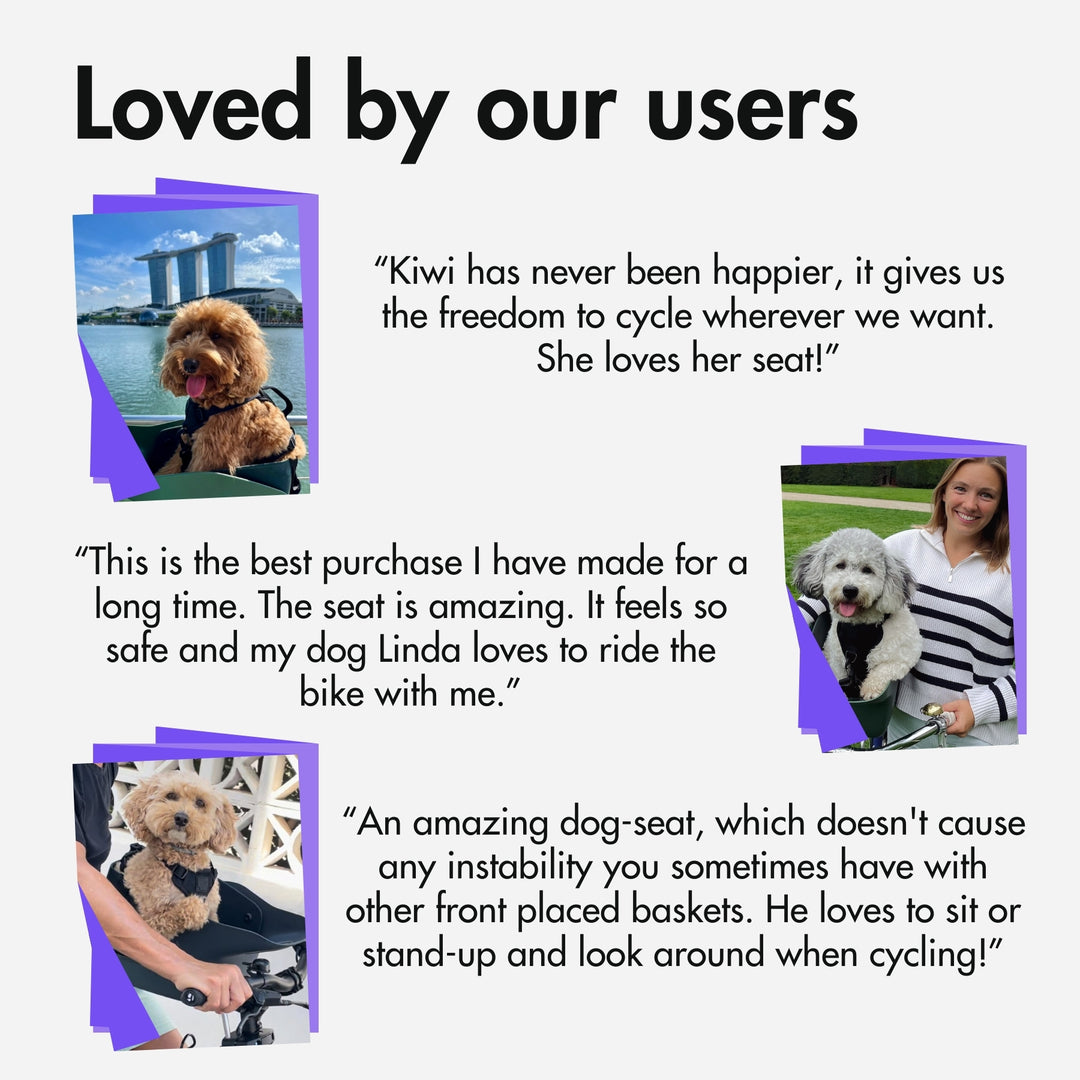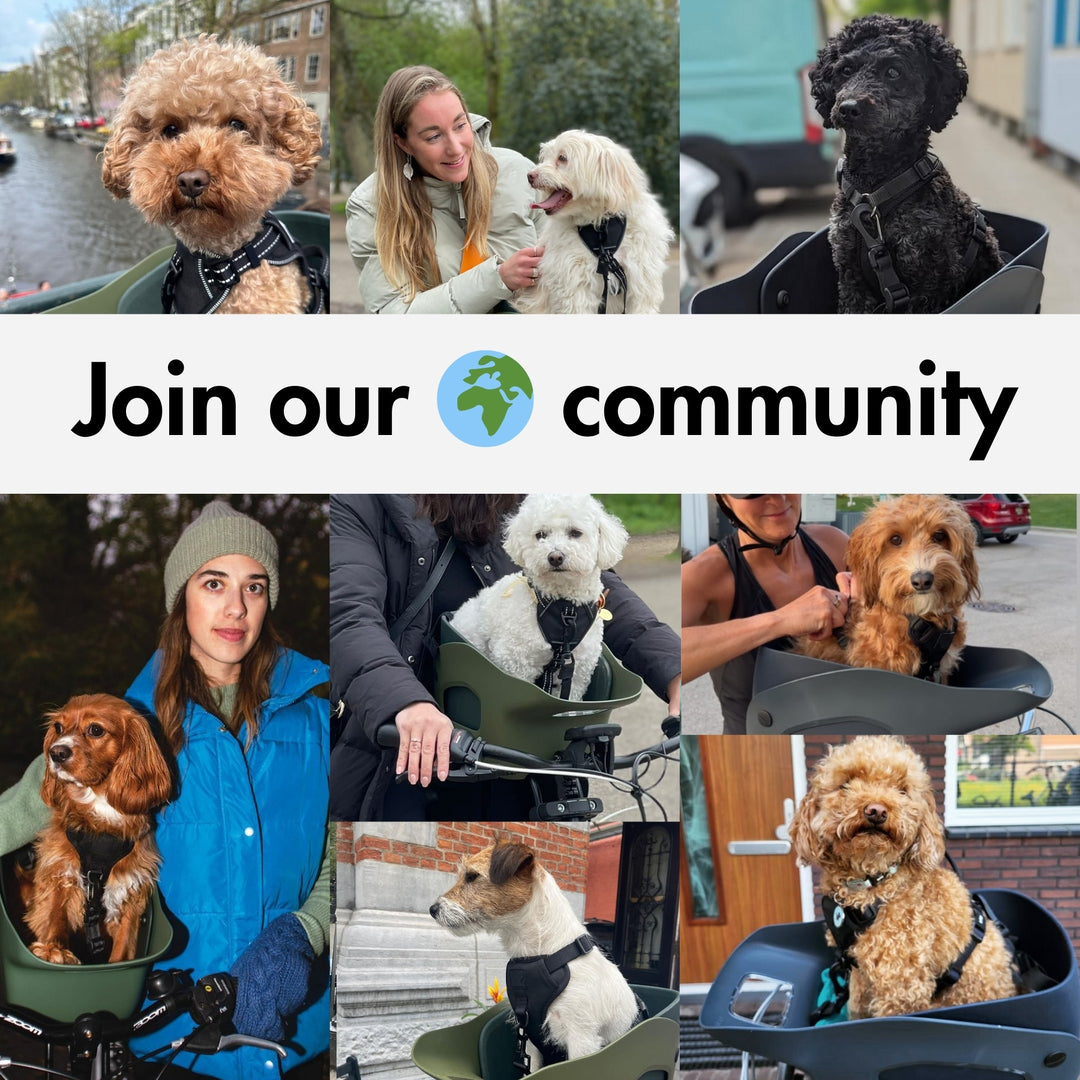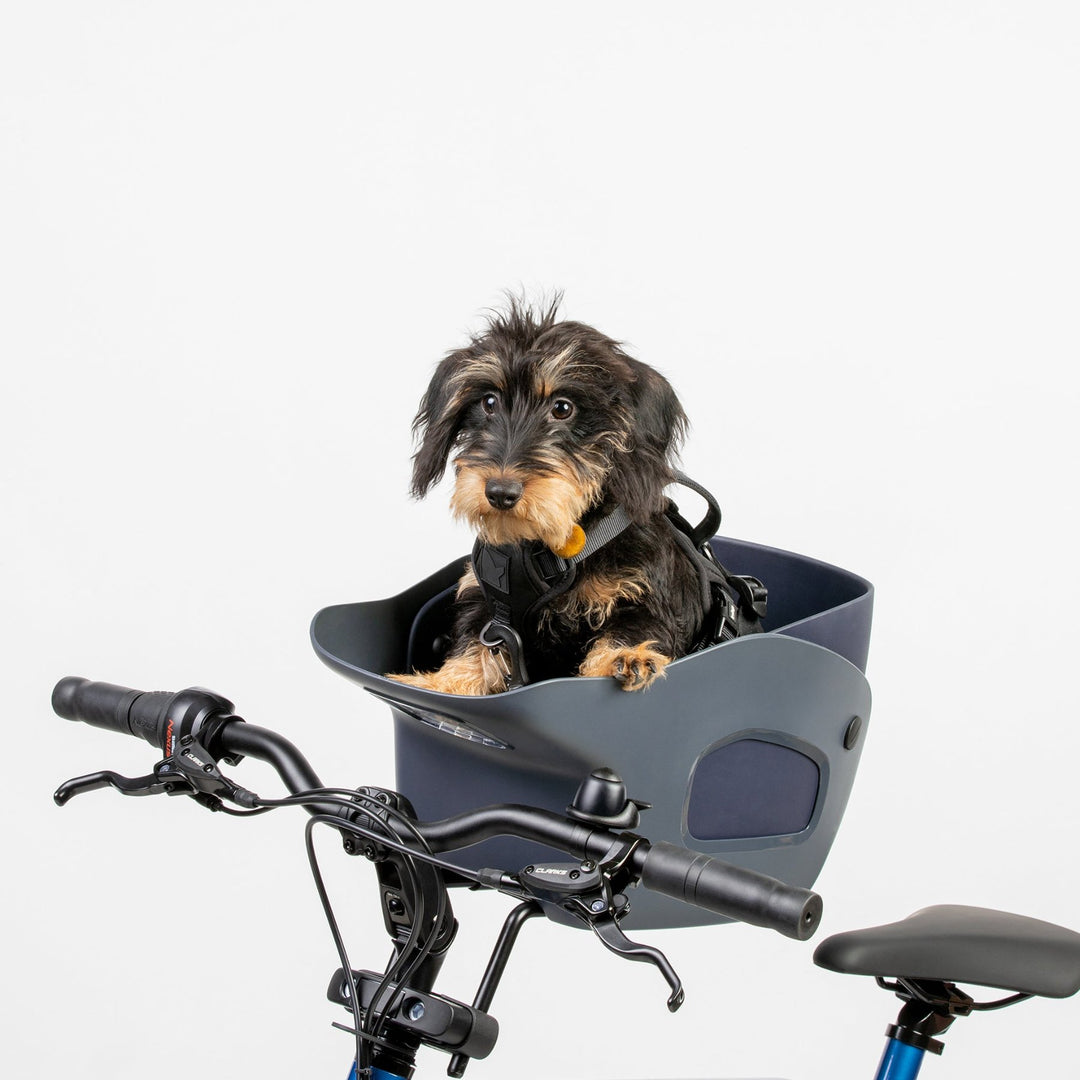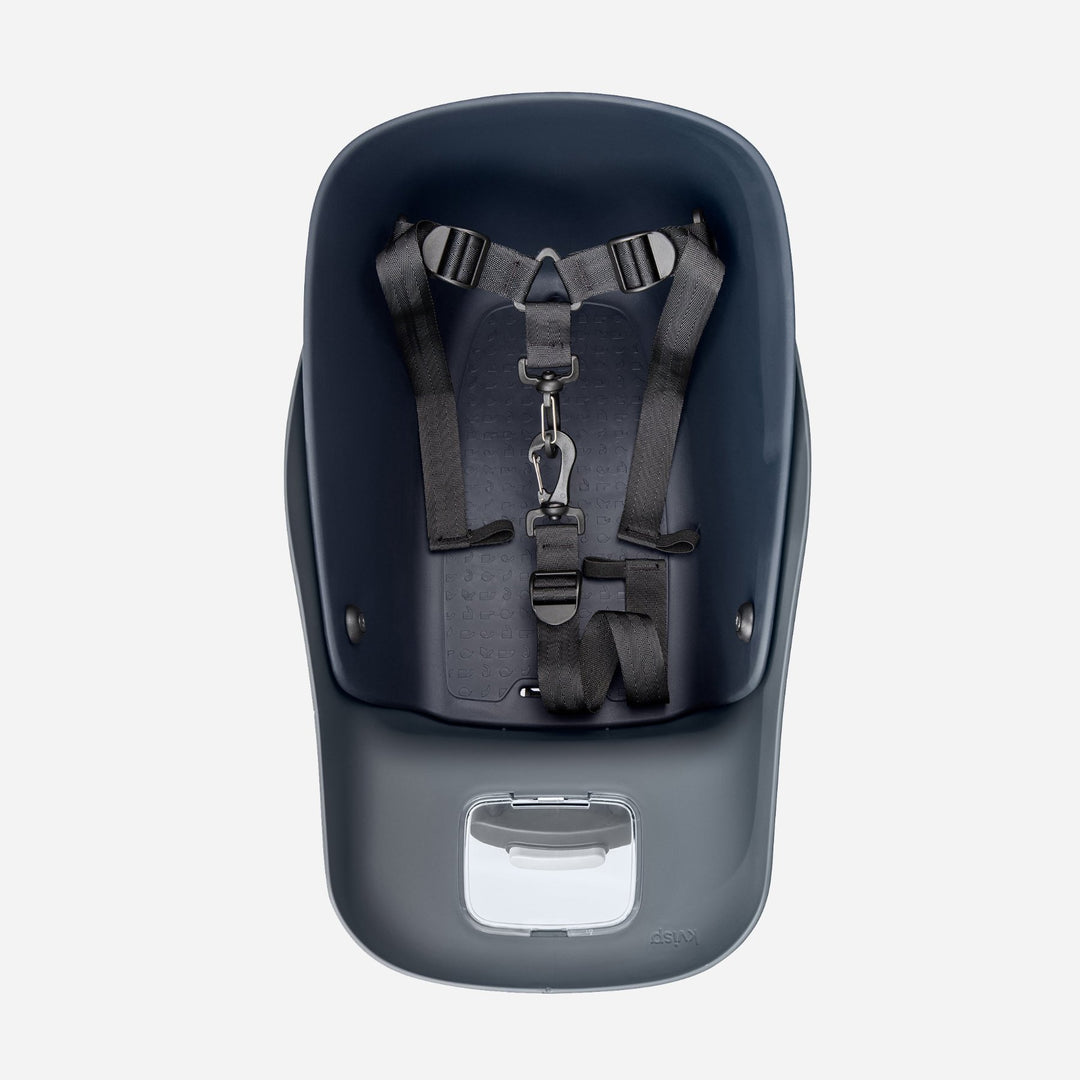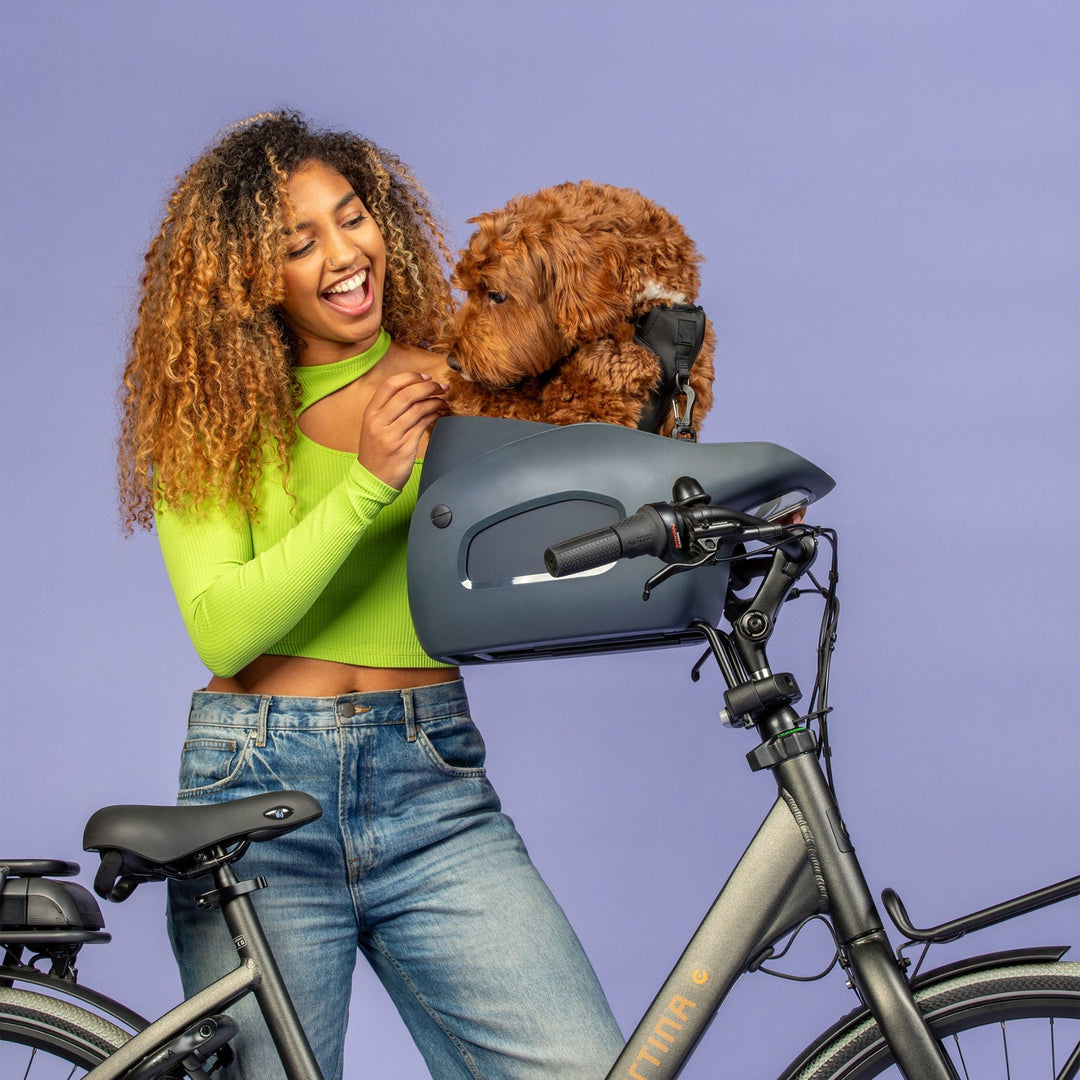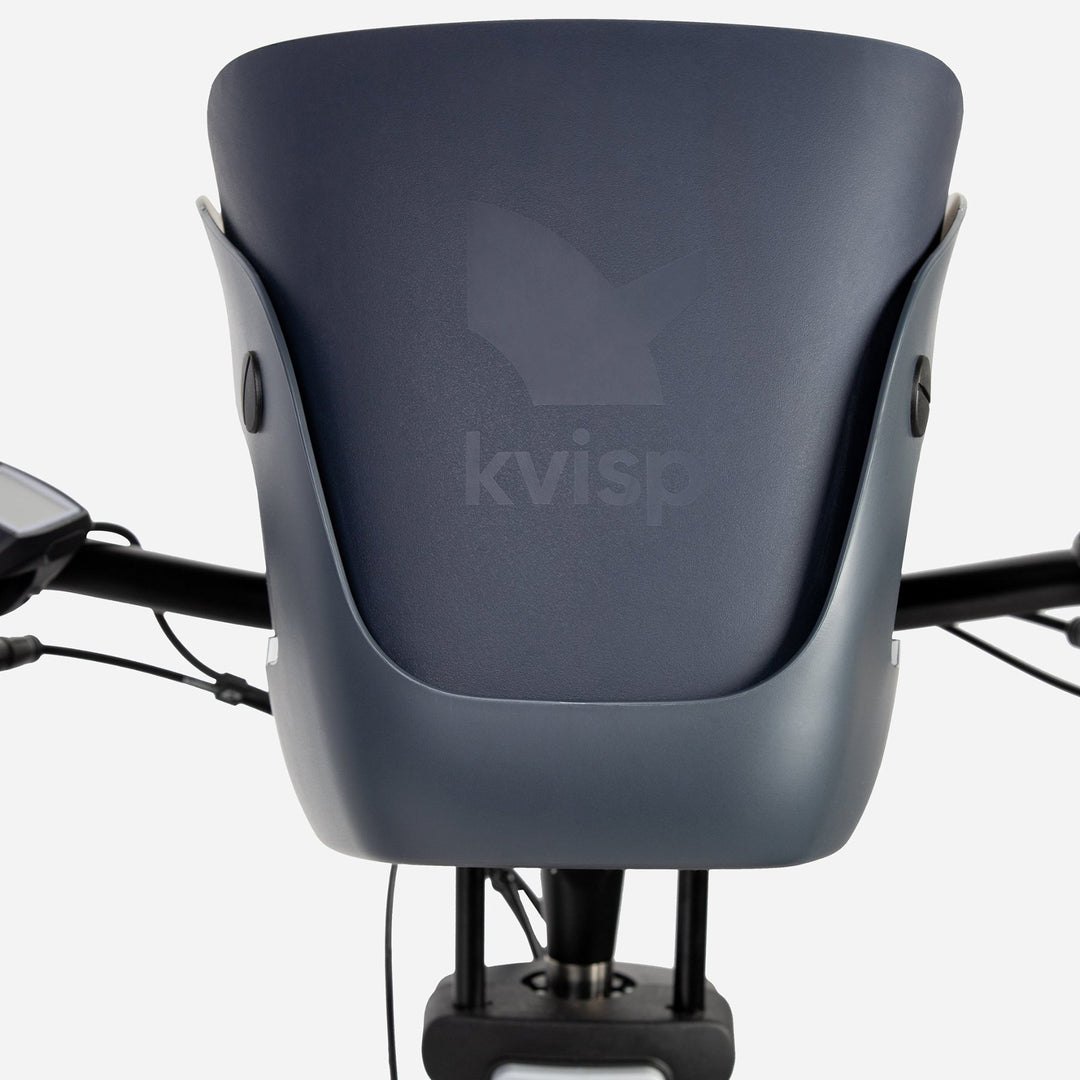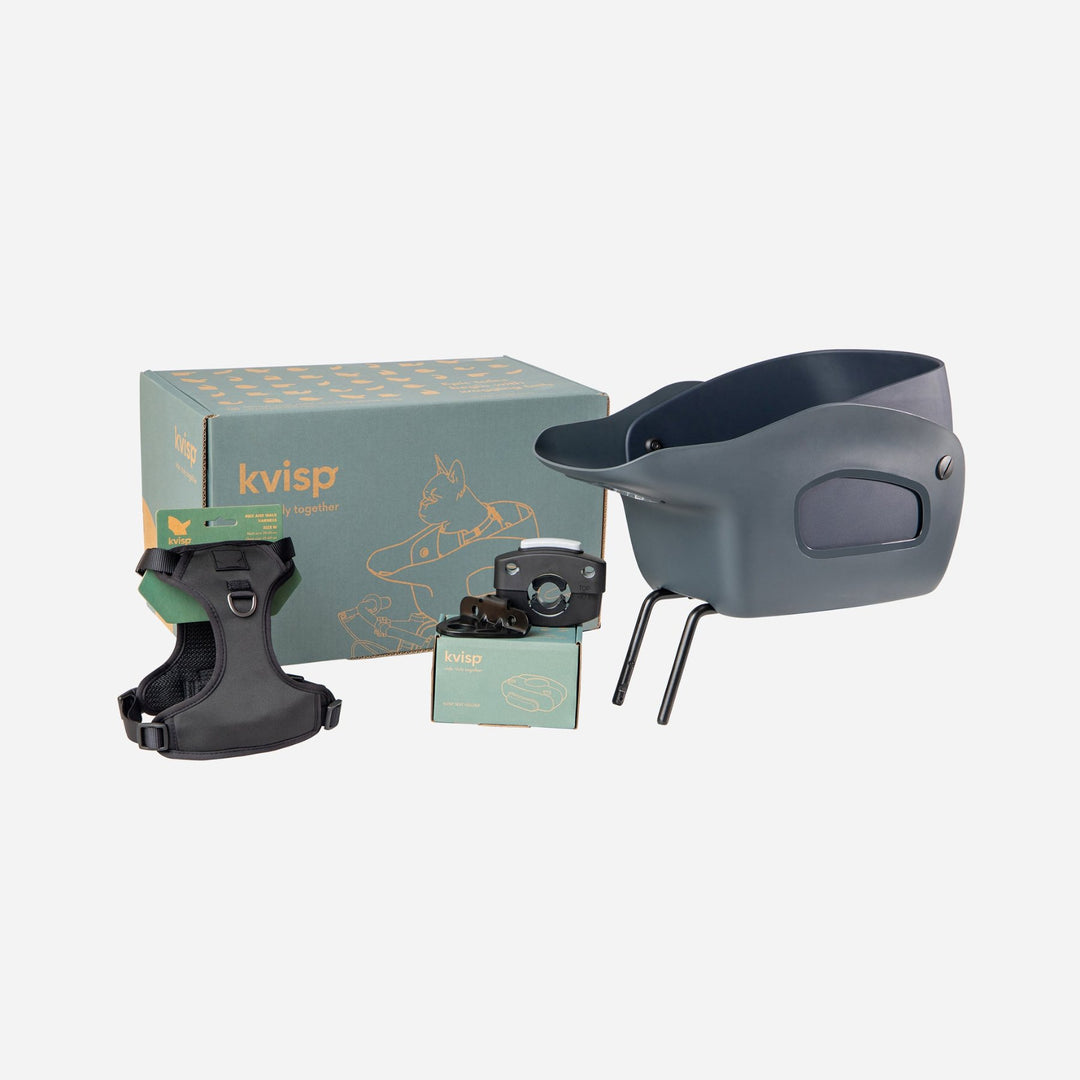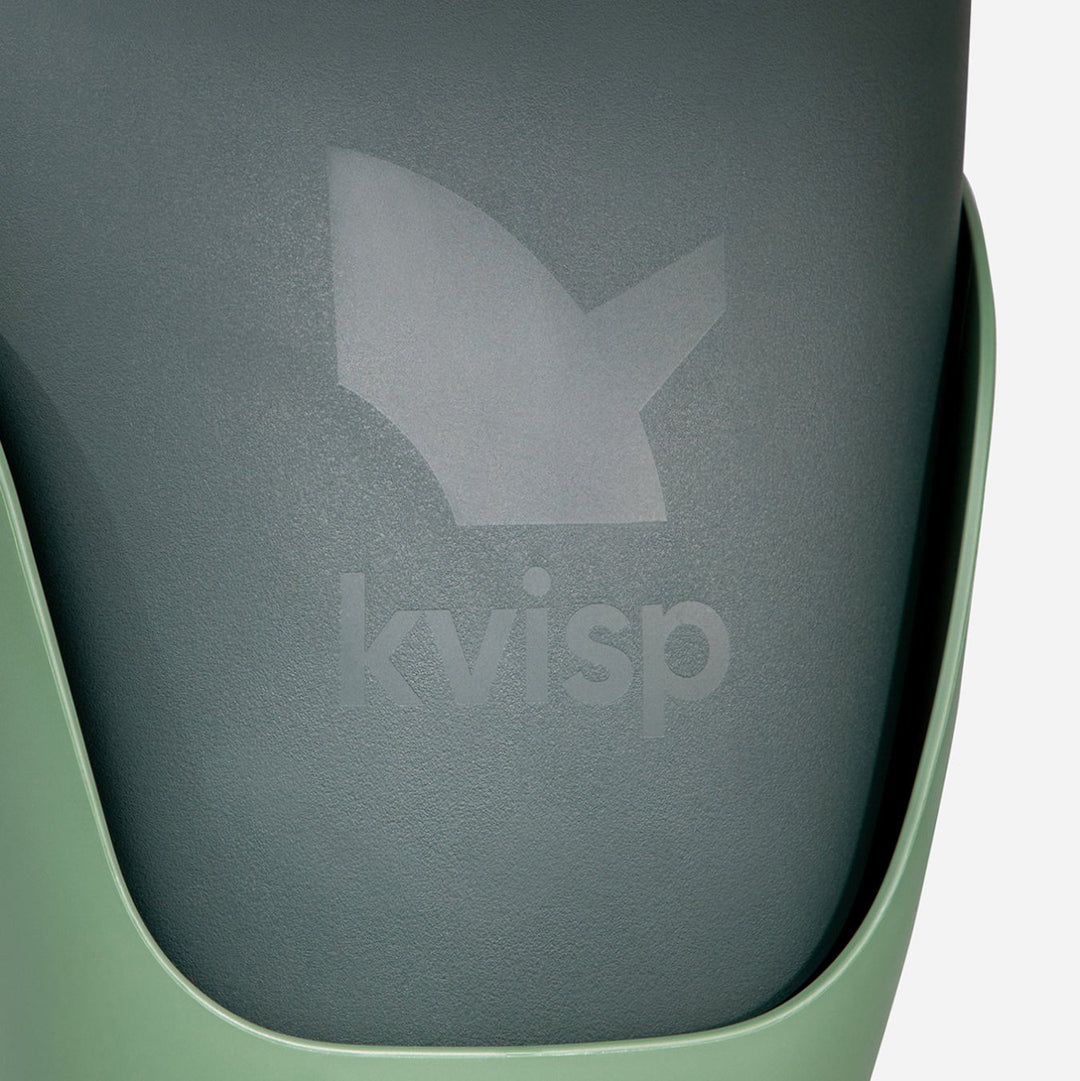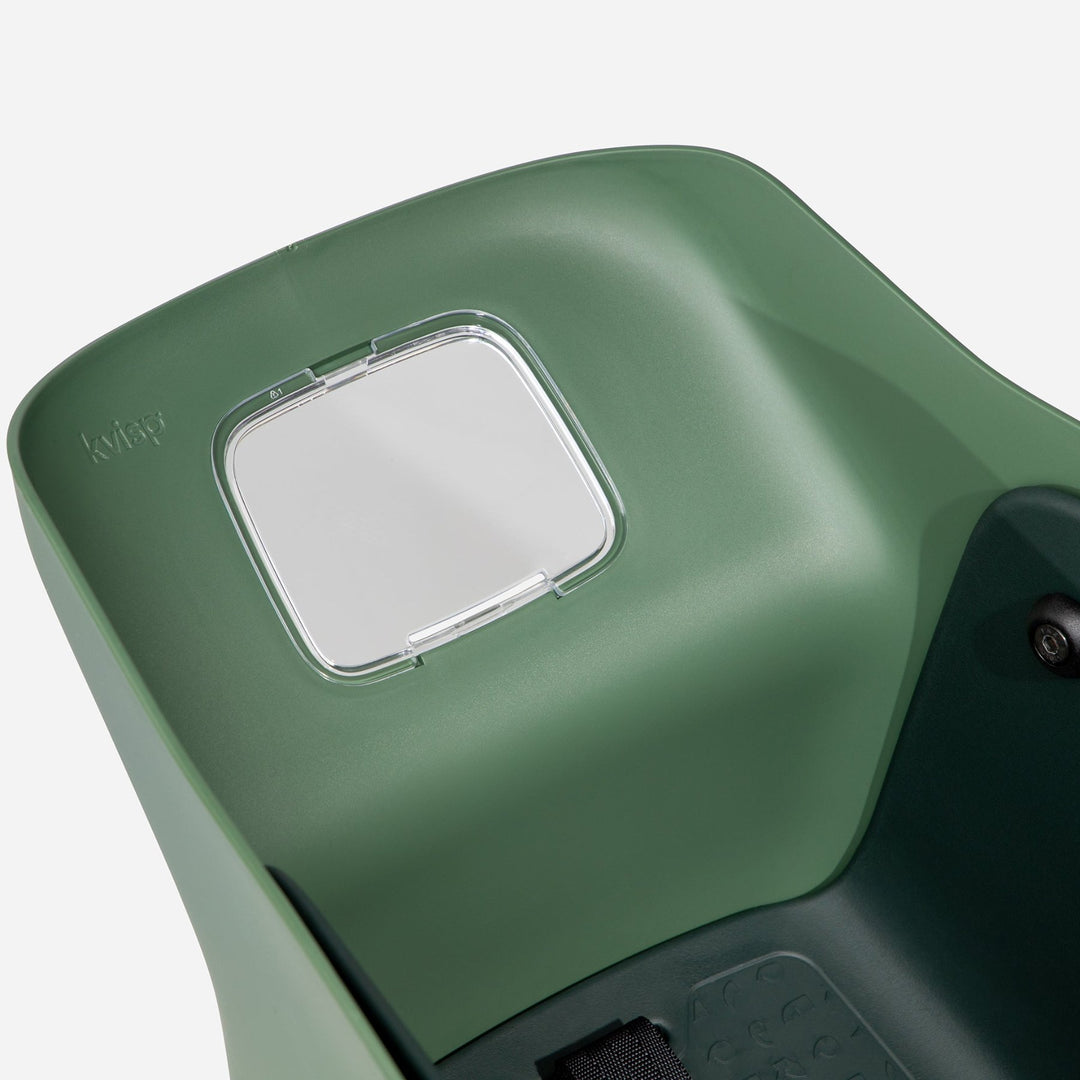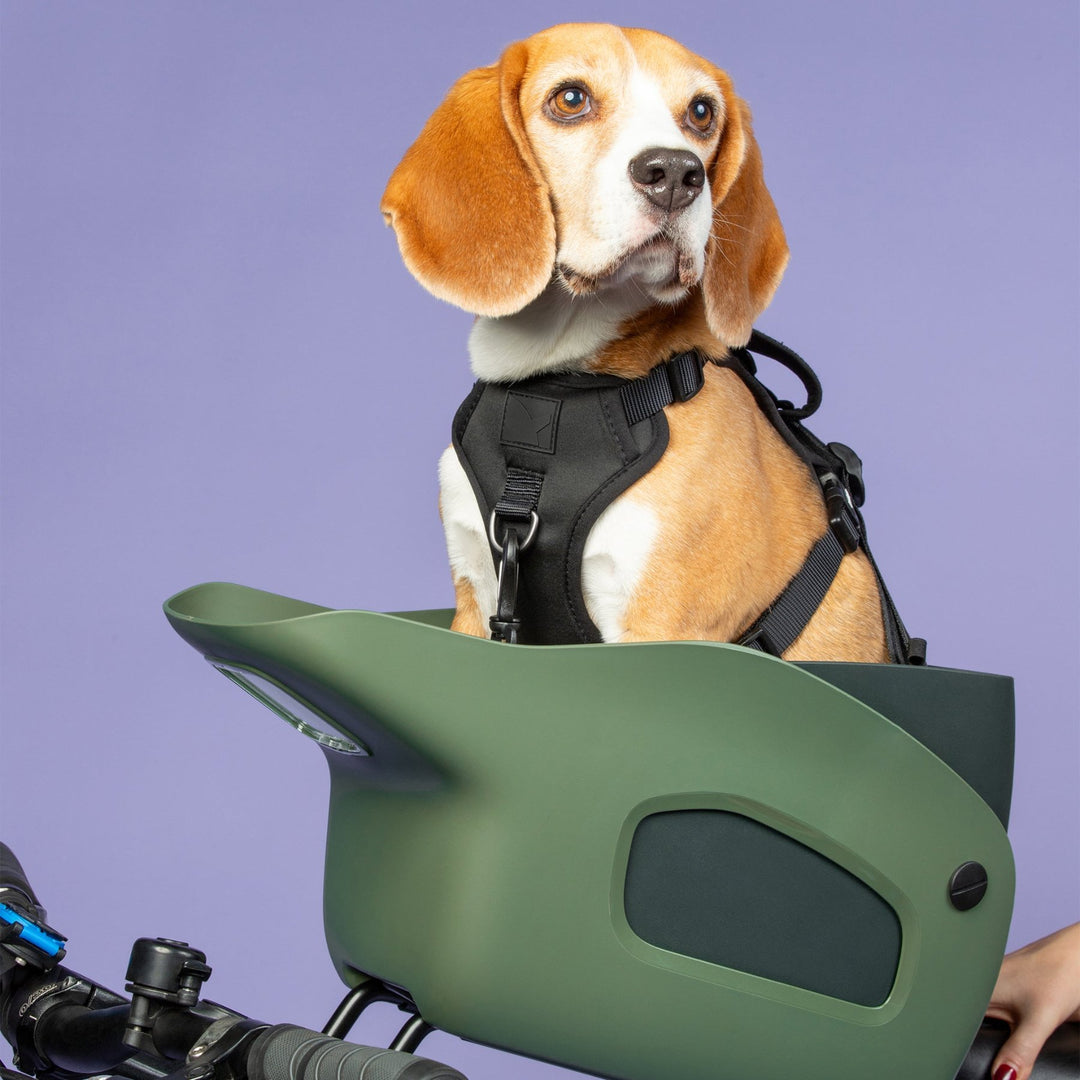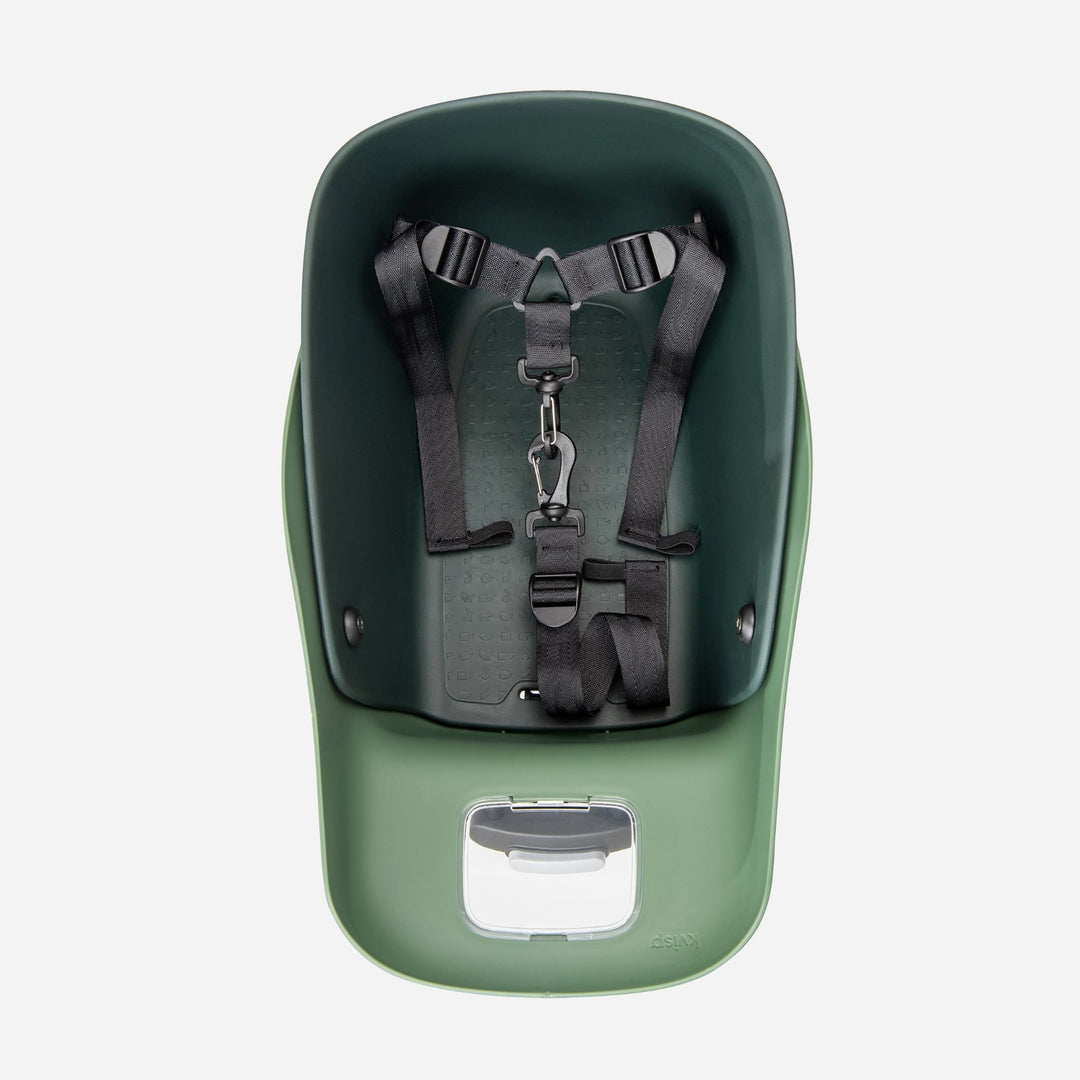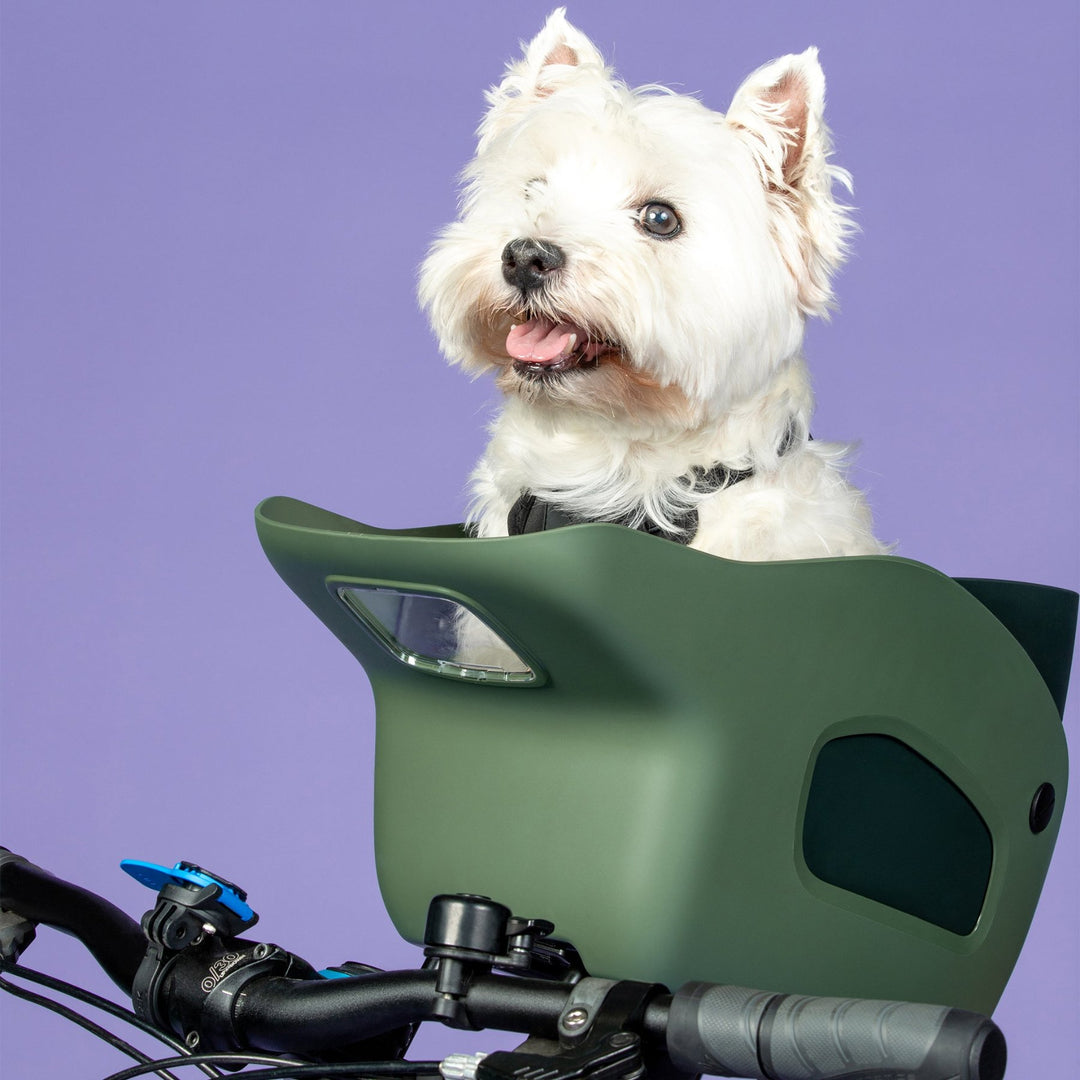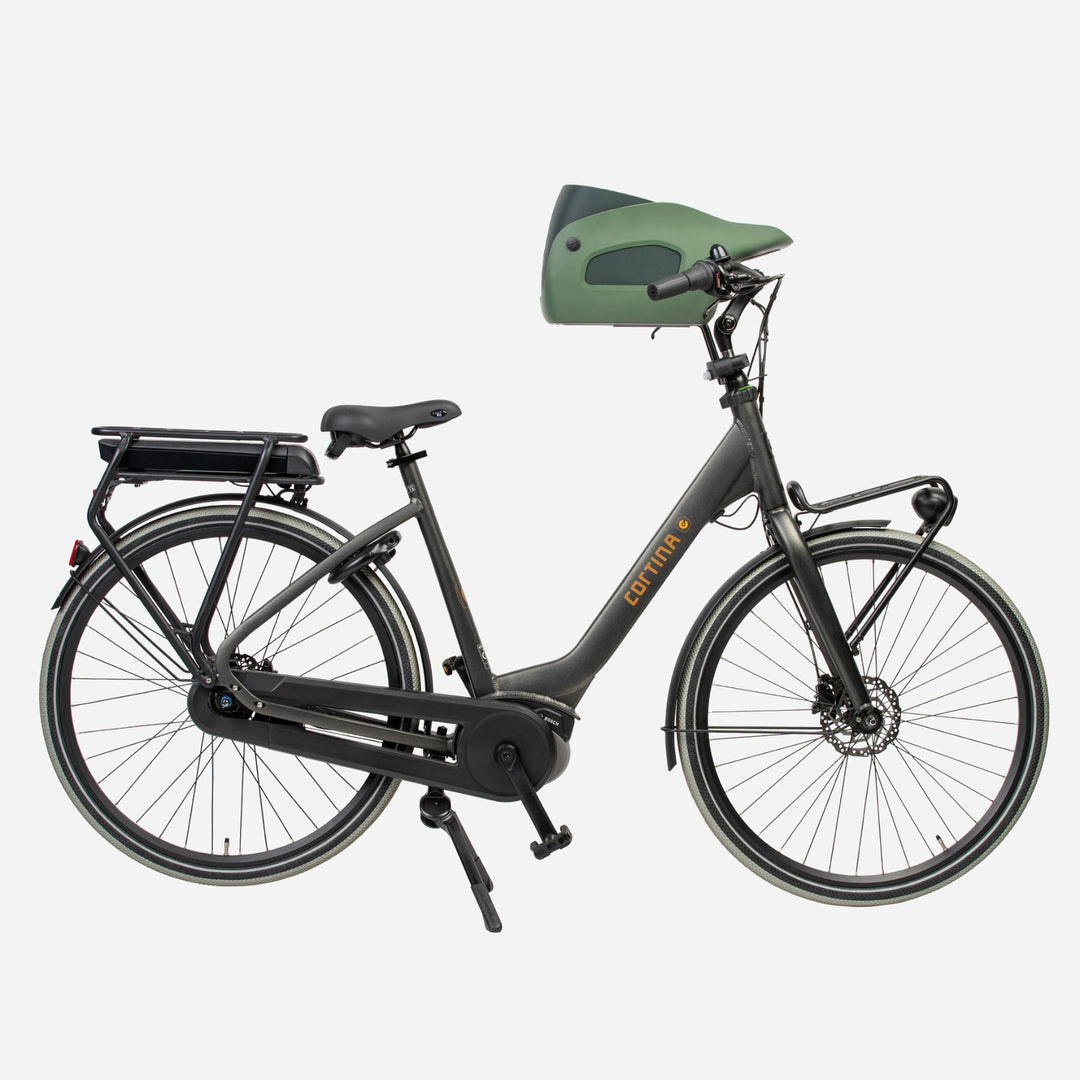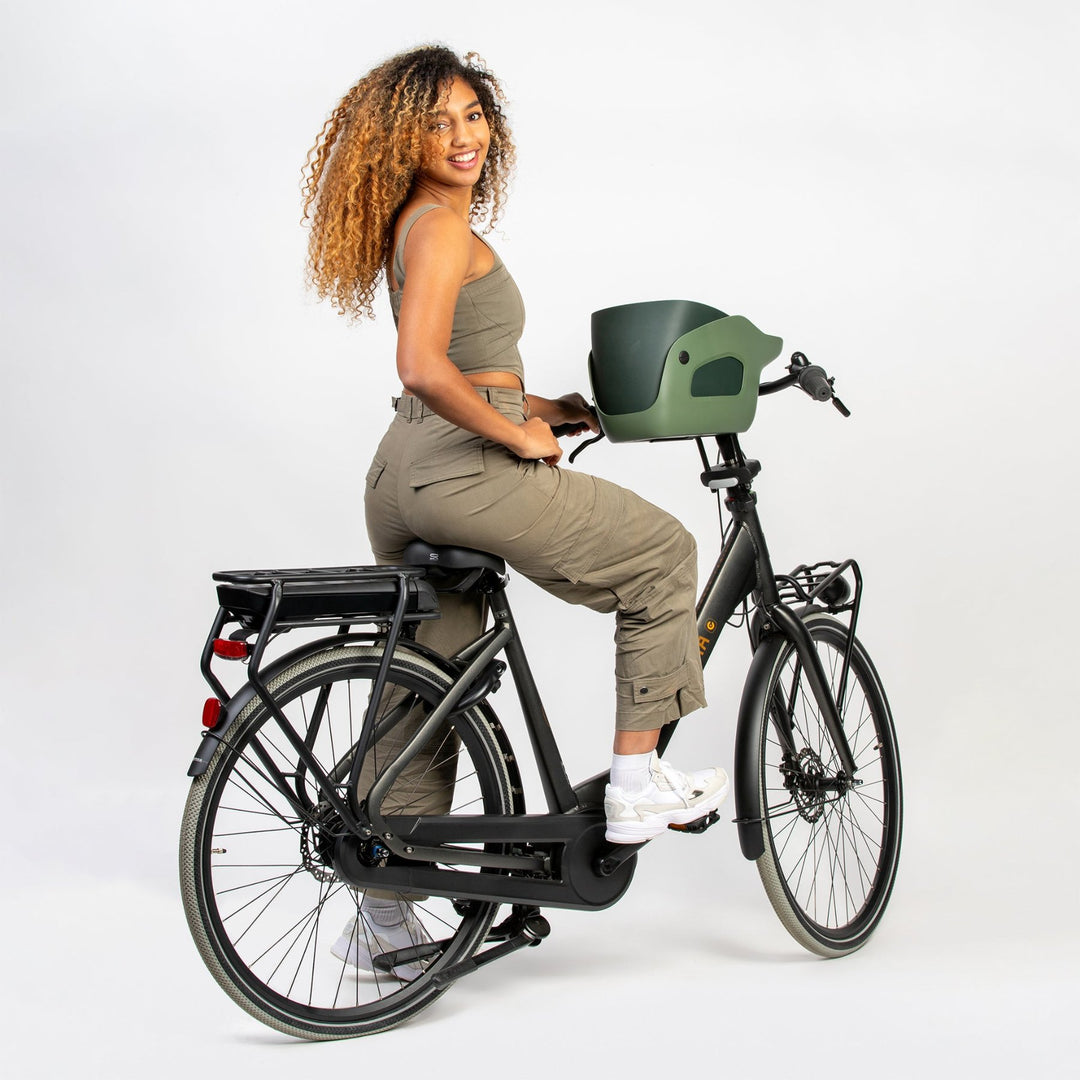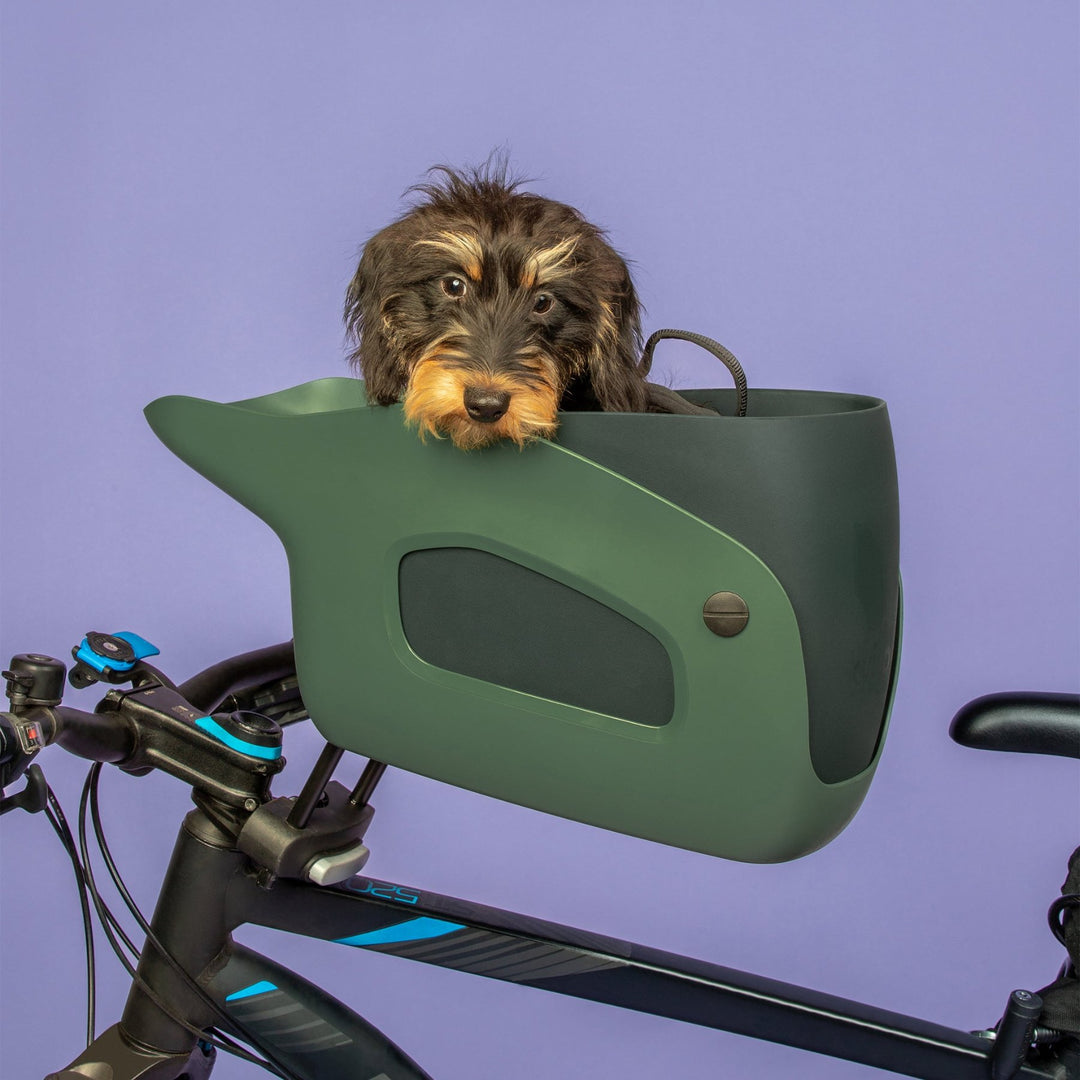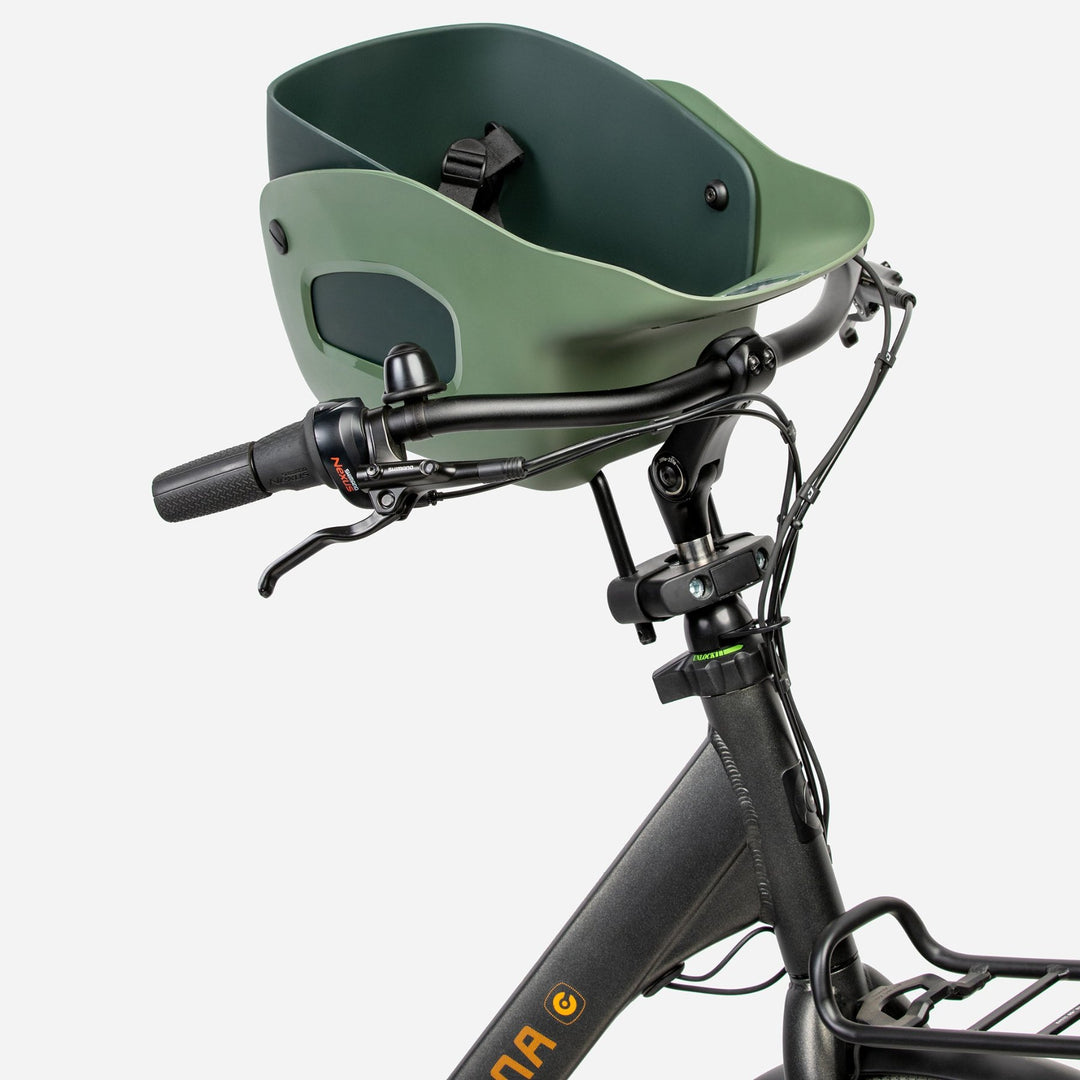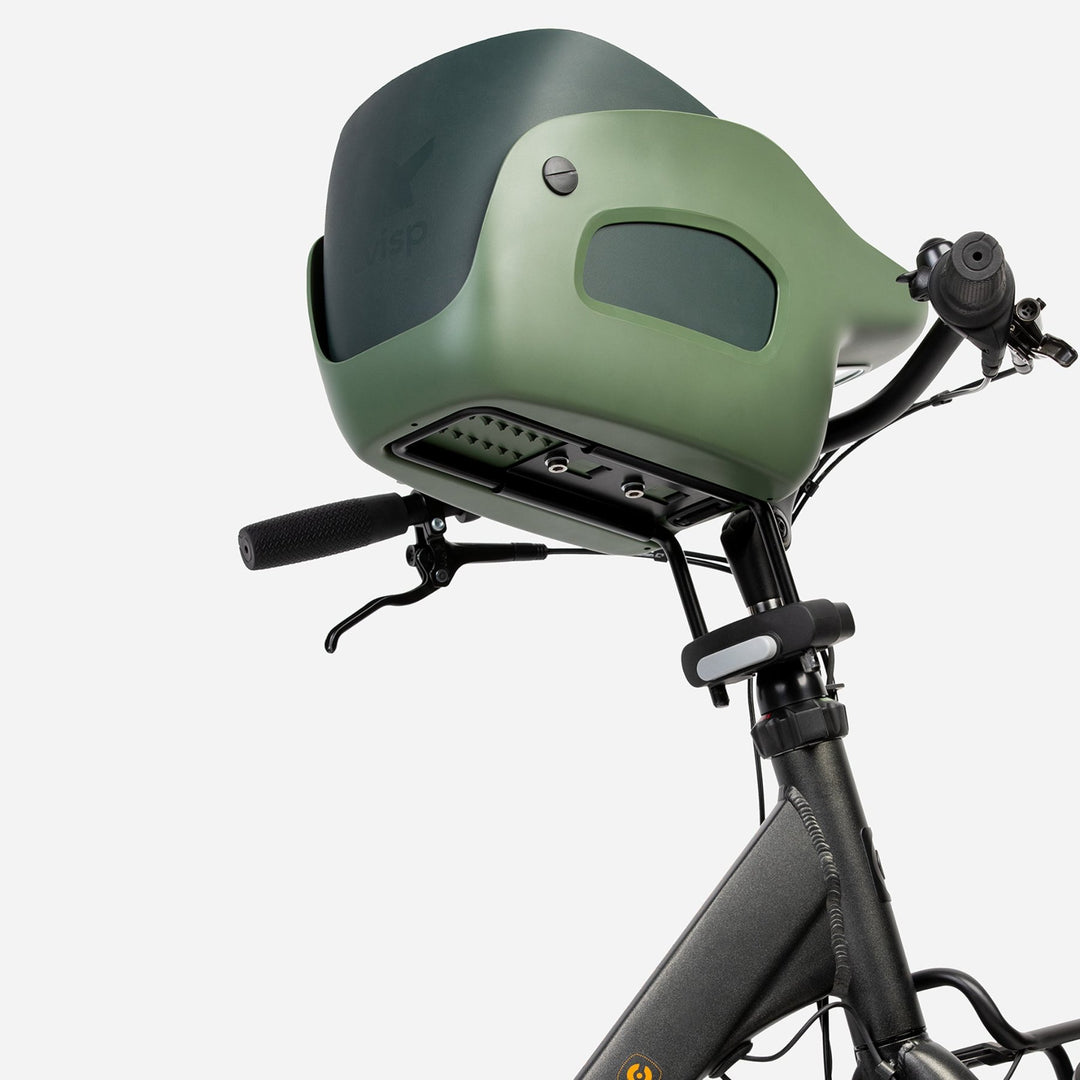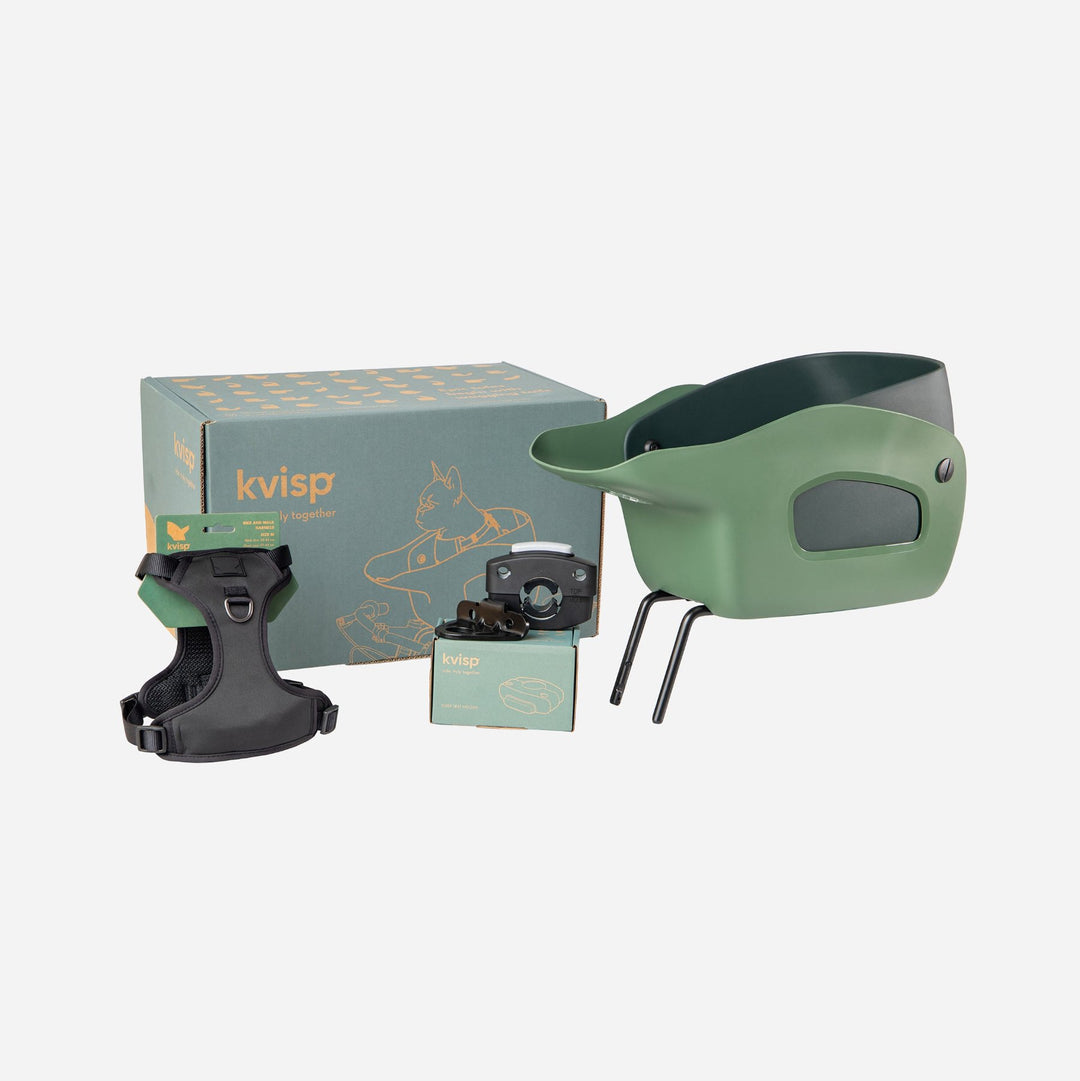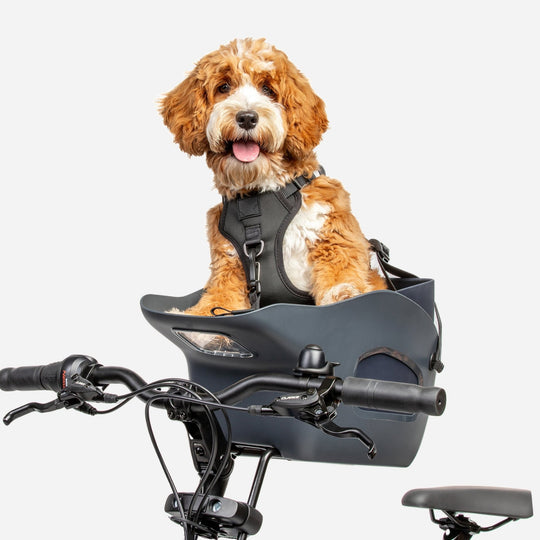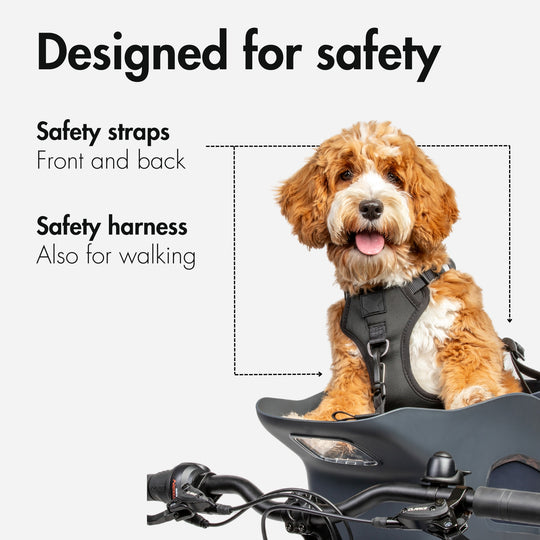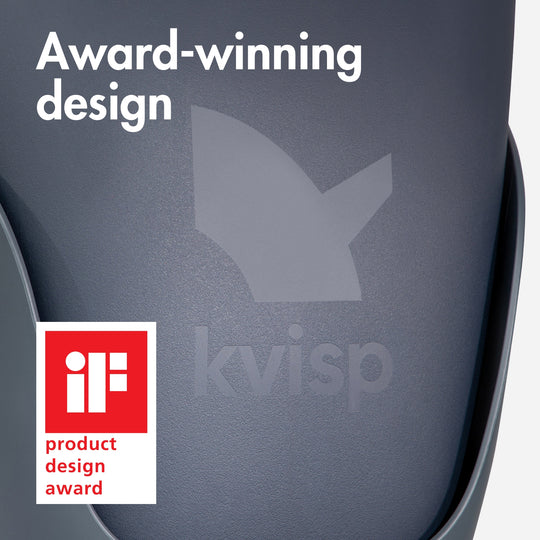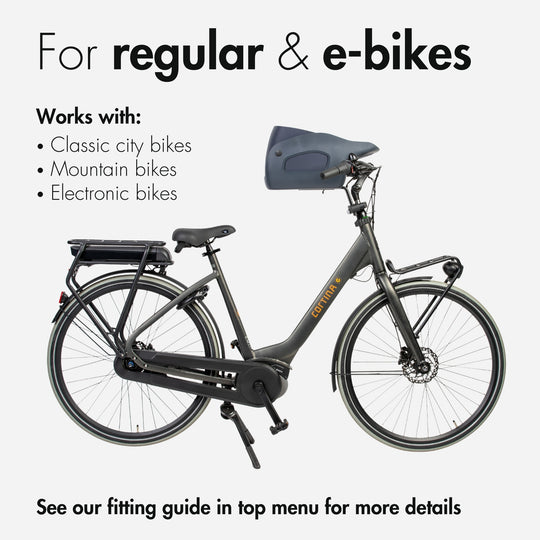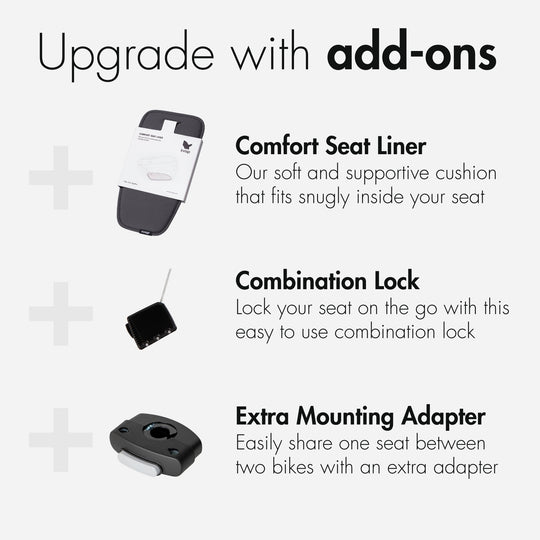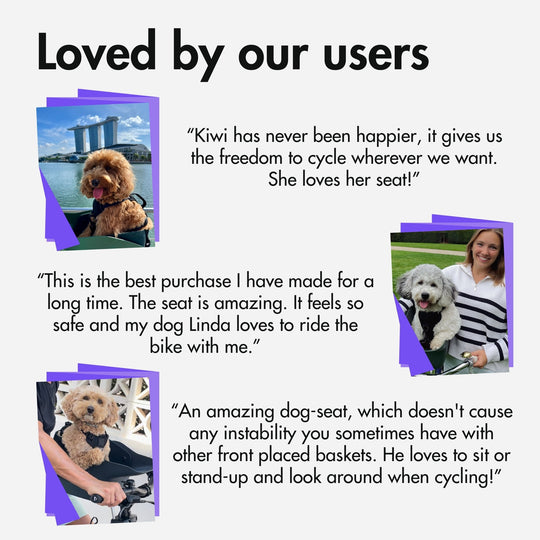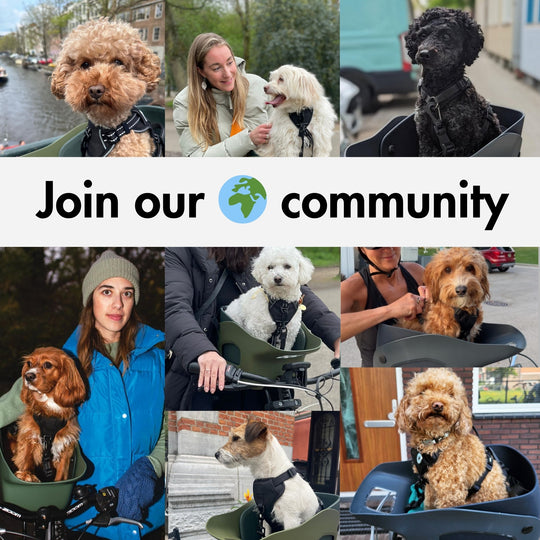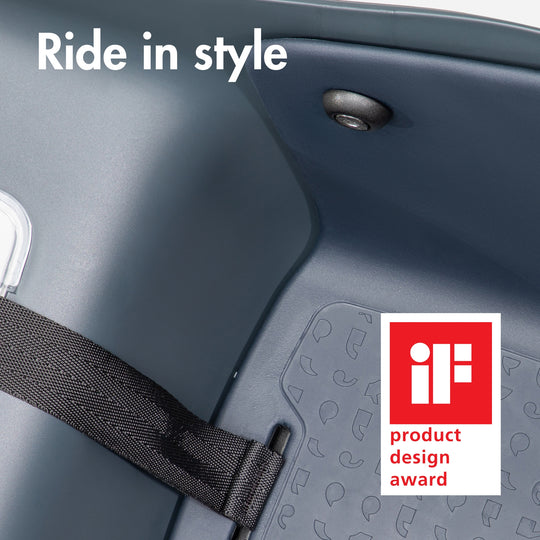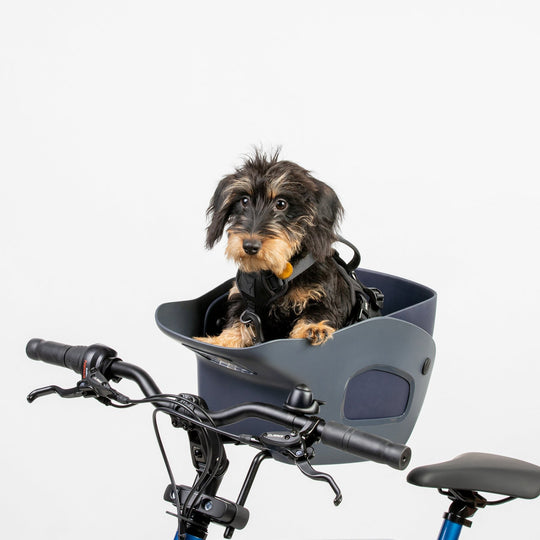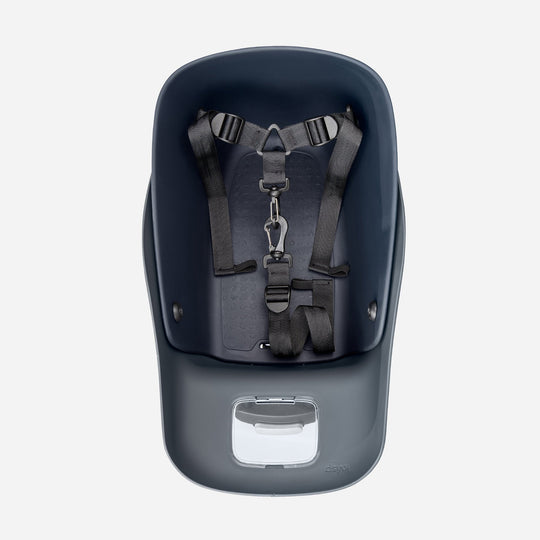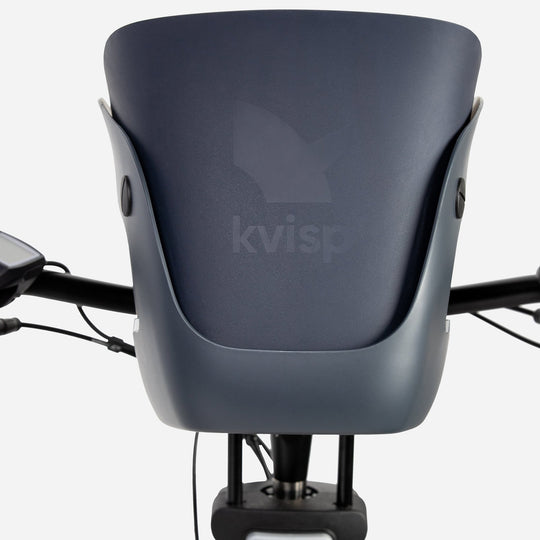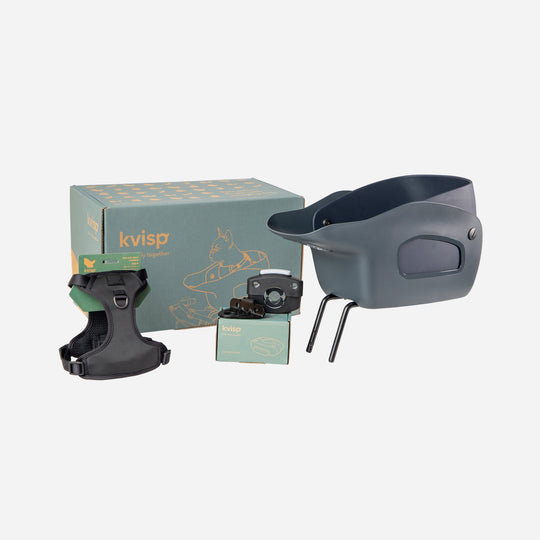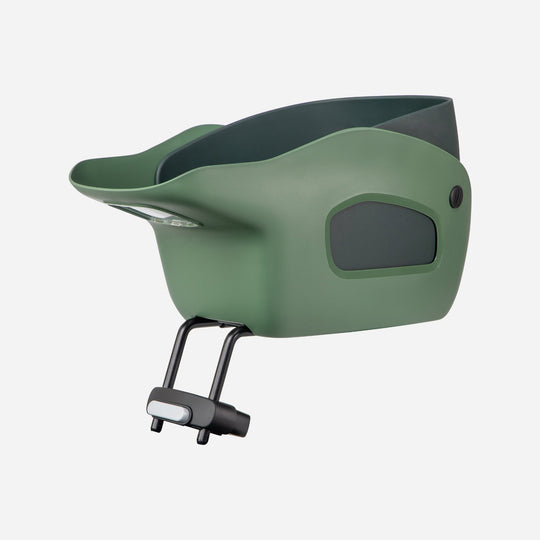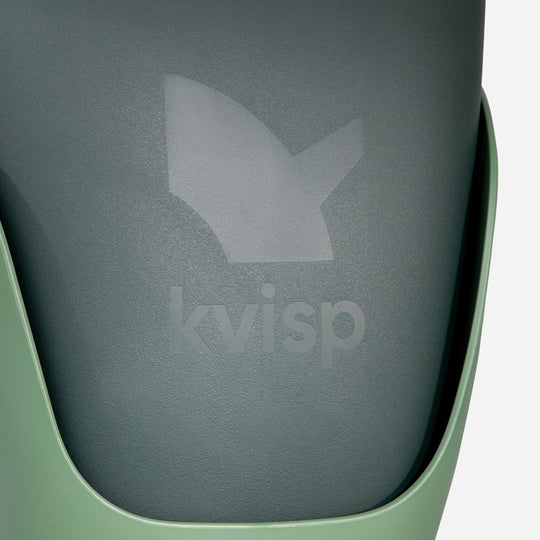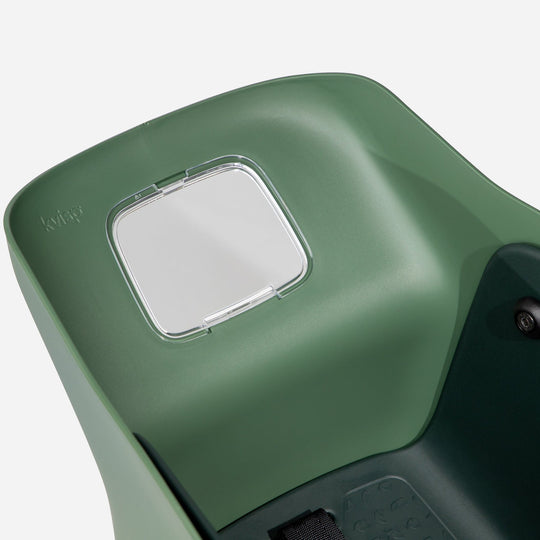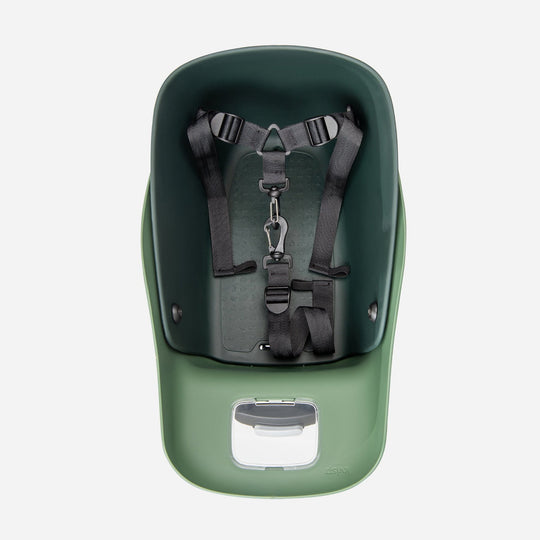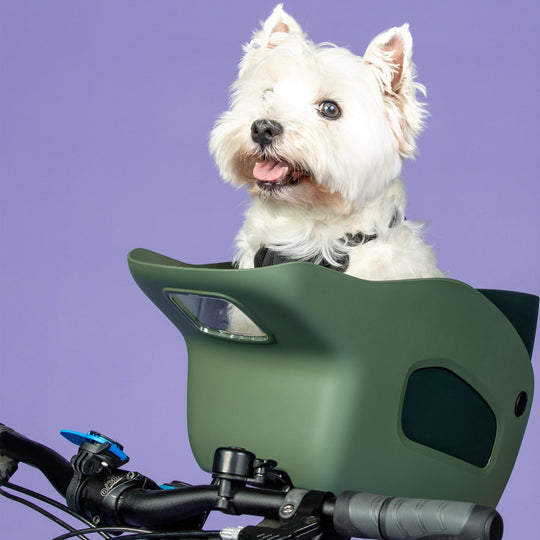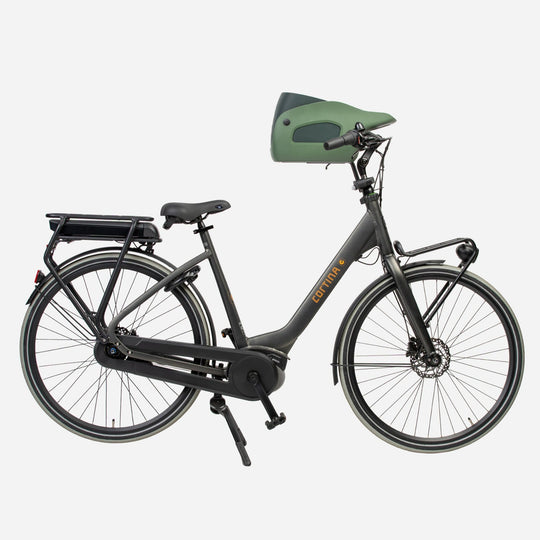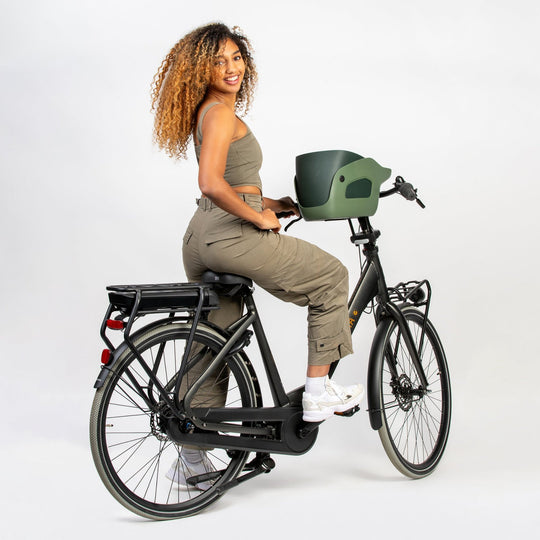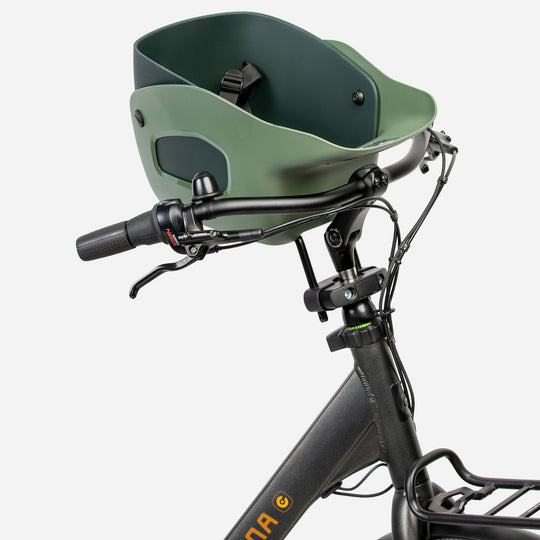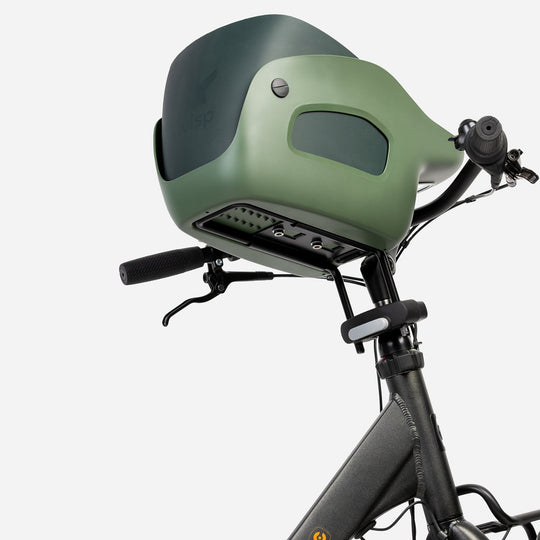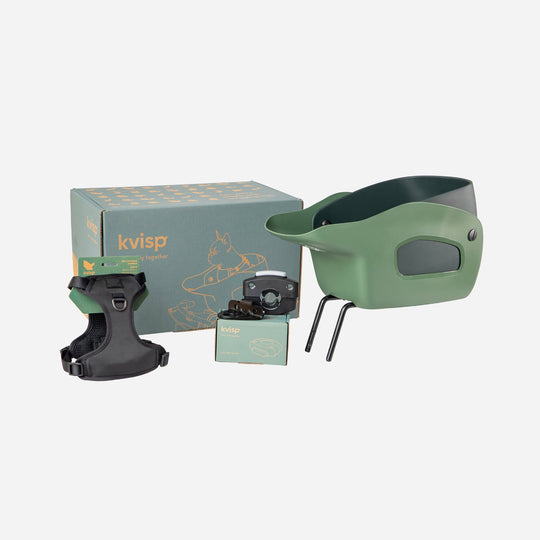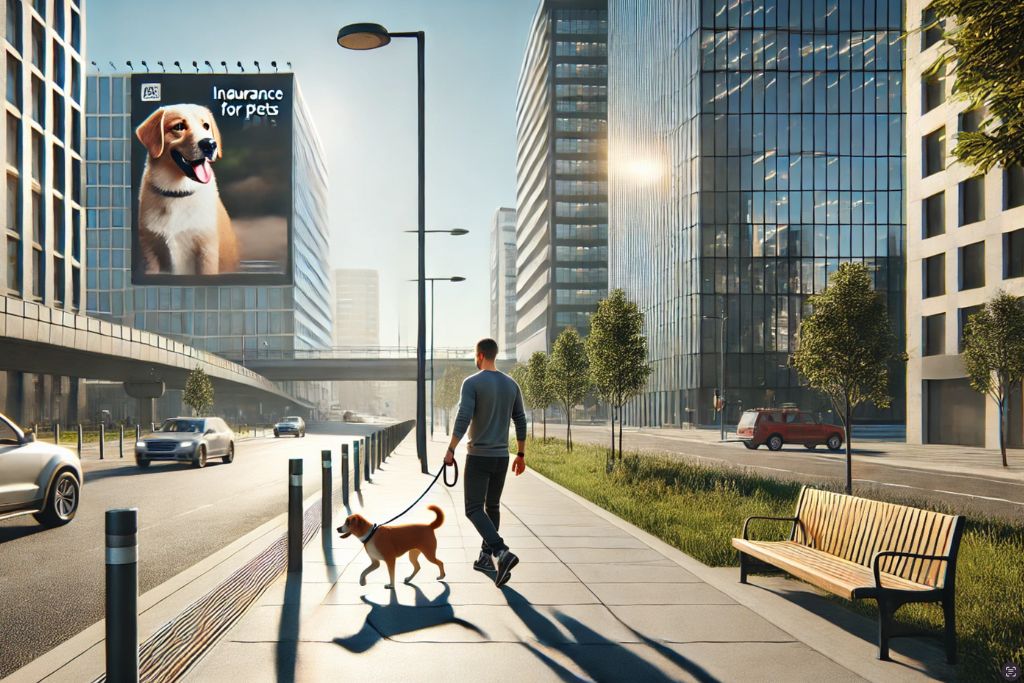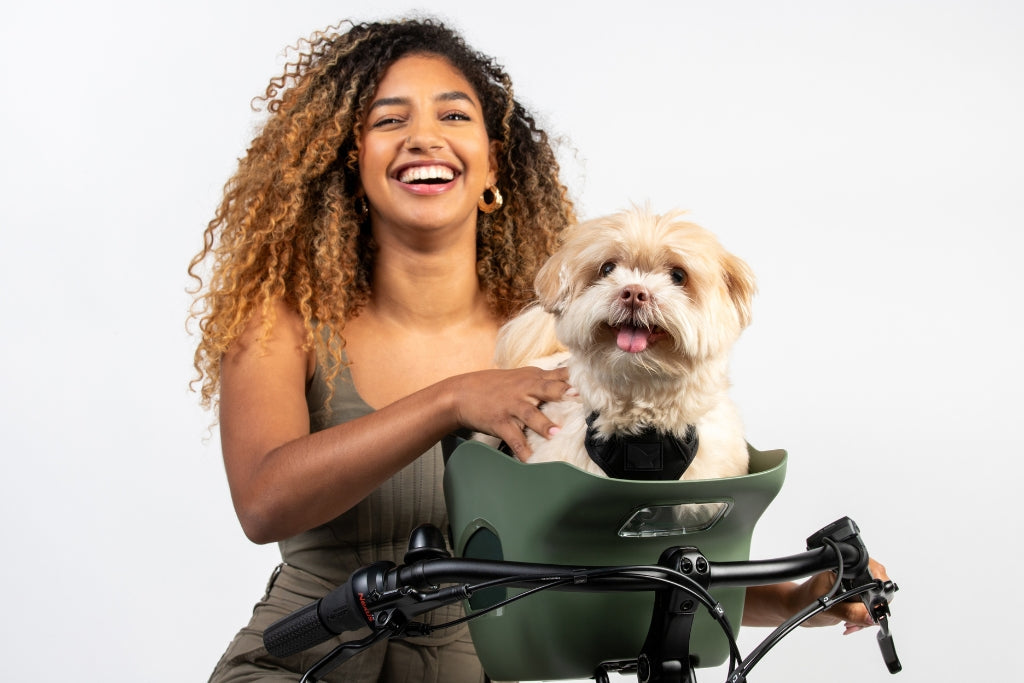How to Introduce Your Puppy to a Bike Basket for the First Time
Bringing a puppy along for a bike ride is an exciting idea, but not every pup will be thrilled about it right away. Some are naturally adventurous, eager to hop into a new space and explore, while others may need a little more coaxing to feel at ease. The key is recognizing your puppy’s comfort level before you even introduce them to the basket. Have they been comfortable with new experiences so far, or do they tend to be hesitant in unfamiliar situations? Understanding their personality will help you set realistic expectations and take the right approach.

If your puppy is on the cautious side, that’s totally normal! You wouldn’t want to throw them into a new situation too quickly and risk making them fearful of bike rides altogether. Start by observing how they handle mild movement—do they like being carried? Do they stay calm in a dog bed while you gently nudge it? Small signs like these can indicate whether they’ll take to a bike ride with ease or if you’ll need to build up their confidence. Slow and steady wins the race here. The more patience you show early on, the better experience you and your puppy will have in the long run!
Choosing the Right Bike Basket for Your Puppy
Picking the right puppy bike carrier is more than just grabbing the first one you see online. Your pup’s safety and comfort depend on it! The best bike carriers offer a combination of security, stability, and coziness so your puppy feels safe while enjoying the ride. If the basket is too small, your puppy might feel cramped, while an oversized one could make them slide around too much. Look for a carrier designed specifically for small dogs with sturdy attachment points to keep everything secure.
Here’s what to look for when choosing a bike basket:
➡️ Size and weight capacity – Make sure the carrier comfortably fits your puppy’s current size with room for a little growth. Check the weight limit and compare it to your pup’s weight.
➡️ Safety features – Look for secure straps, harness clips, and reinforced sides to keep your puppy from jumping out.
➡️ Comfort and ventilation – A well-padded base and breathable mesh sides make a huge difference in keeping your puppy relaxed.
➡️ Easy installation – You want a basket that’s easy to attach and remove without struggling every time you go for a ride.
Choosing the right basket from the start prevents unnecessary struggles later. You don’t want to constantly readjust a wobbly or uncomfortable carrier mid-ride. Once you’ve picked a solid option, the next step is getting your puppy comfortable with it before the bike even comes into play.
Letting Your Puppy Explore the Basket Indoors
Before your puppy ever experiences a ride, they need time to get familiar with their new space in a safe, non-moving environment. Imagine being suddenly placed in an unfamiliar, enclosed spot with no idea what’s happening—your pup would likely feel the same way if you skip this step. The best way to introduce them to the basket is right at home, where they feel comfortable and in control.
Place the puppy bike carrier on the floor and let them sniff it, investigate, and explore at their own pace. Encourage curiosity by tossing in a few treats or a favorite blanket with their scent. If your puppy hops in on their own, give them plenty of praise! You want them to associate the basket with positive experiences. Some additional tips:
👉 Keep it casual – Don’t force them inside; let them check it out on their own terms.
👉 Use a command – If your puppy responds well to training, introduce a phrase like “Basket time!” to build a positive connection.
👉 Feed them inside – Try offering a meal or special treat while they sit inside to make it a rewarding experience.
The goal here is simple: the basket should feel like a cozy, familiar space before it ever touches the bike. When your puppy starts sitting inside comfortably for short periods, you’re ready for the next step!
Introducing Short Sessions Inside the Basket
Now that your puppy is comfortable with the basket itself, it’s time to help them get used to spending more time inside. This step is crucial because some dogs are okay with briefly stepping into a new space but get restless when asked to stay put. Gradually increasing the amount of time they sit inside will help them feel at ease when the basket is eventually mounted to the bike.
Start with short sessions:
1️⃣ Place your puppy inside for a few seconds, then let them hop out – Praise and reward them with a treat every time.
2️⃣ Gradually increase the duration – A few seconds will turn into a minute, then two, then five.
3️⃣ Stay nearby – Sit next to the basket and reassure them with calm pets and a soothing voice.
4️⃣ Try gently closing the top (if applicable) – If your basket has a mesh cover or strap, introduce it slowly so they don’t feel trapped.
If your puppy starts whining or pawing to get out, don’t force them to stay. The goal is to help them feel secure, not stressed. Once they can sit inside calmly for a few minutes, you’ll know they’re ready for the next phase—experiencing movement!

Familiarizing Your Puppy with Movement
Now comes the part where your puppy starts feeling what it’s like to move inside their new ride. If they’ve done well with all the previous steps, they should already trust that the basket is a safe space. But adding motion can still be a big adjustment! Before mounting the basket to your bike, it helps to simulate movement in a way that’s controlled and reassuring.
Here’s how to ease them in:
👉 Gently lift the basket while they’re inside – A small sway can help them adjust to the feeling.
👉 Carry the basket around the house or yard – Walk slowly, keeping an eye on their reaction.
👉 Set the basket down and reward them – Reinforce calm behavior with praise and treats.
👉 Try placing it on different surfaces – Moving from hardwood to carpet, or placing it on a table, can help them adjust to new sensations.
By gradually exposing your puppy to slight movement, you’re teaching them that this isn’t something scary—it’s just another fun adventure! When they seem relaxed and unbothered, you’ll know they’re ready for the real deal.
Practicing with the Basket on the Bike (Stationary)
Before you take off on your first ride, it’s time for a test run while the bike is still. Mount the puppy bike carrier securely and double-check that everything is stable. Then, place your puppy inside and let them sit while you hold the bike steady. This helps them adjust to the height and get used to being on a bike without the added challenge of motion.
Take your time with this step! Some puppies will be fine right away, while others might feel uneasy sitting above the ground. Keep things calm, speak to them reassuringly, and offer treats for staying put. If your puppy seems unsure, try these additional confidence-boosting tips:
👉 Let them hop in and out – Giving them the choice to exit can make them feel more in control.
👉 Hold the bike while they sit inside – Rock it slightly so they get used to the sensation of balance.
👉 Use a harness attachment – This adds an extra layer of security and helps them stay safely inside.
Once your puppy can sit calmly in the carrier while it’s mounted, you’re ready for the next step—introducing movement with the bike!
Taking the First Slow Ride (On Foot)
Now that your puppy is comfortable sitting in the basket while it’s mounted to your bike, it’s time for the first real movement test. But don’t hop on and start pedaling just yet! A gradual introduction will help prevent any anxiety or sudden reactions. The best way to do this is by walking your bike while your puppy sits in the carrier.
Find a quiet, flat area with minimal distractions—your backyard, driveway, or a calm park path are great choices. Secure your puppy in the puppy bike carrier, hold onto your bike, and start walking at a slow and steady pace. Watch your pup’s reaction closely. Are they sitting calmly? Looking around with curiosity? That’s a great sign! If they seem nervous, stop and reassure them before continuing. Keep these key tips in mind:
➡️ Avoid sudden stops or jerks – Smooth movement builds confidence.
➡️ Talk to your puppy as you walk – A soothing voice reassures them that everything is okay.
➡️ Limit the first walk to a few minutes – Gradually increase the duration as they become more comfortable.
Once your puppy can handle a slow-paced walk without signs of distress, they’re ready to experience their first short ride!
The First Short Ride on a Bike
This is it—the big moment! Your puppy’s first ride in their puppy bike carrier should be a short, relaxed experience. Pick a smooth, paved path free of heavy traffic and distractions, such as a quiet park trail or a bike-friendly neighborhood street.
Start pedaling slowly, keeping your movements as gentle as possible. Avoid sudden turns or abrupt stops, and maintain a steady speed. Your goal is to keep things predictable for your puppy so they feel secure. Keep an eye on their body language—if they’re relaxed and looking around with curiosity, that’s a great sign. If they seem anxious, try:
👉 Stopping for short breaks – Let them regroup and reassure them before continuing.
👉 Giving treats mid-ride – A well-timed reward helps reinforce the idea that riding is fun!
👉 Adjusting your speed – A slower, smoother ride will help ease any nervousness.
End the first ride on a positive note, even if it only lasts a few minutes. The goal isn’t distance—it’s building trust and enjoyment.
Ensuring Safety and Comfort on Every Ride
By now, your puppy has had their first real bike ride—but that doesn’t mean the training is over. Every ride should be a safe and enjoyable experience, and that means keeping a few key factors in check.
✅ Always secure your puppy with a harness attachment – This prevents jumping or shifting inside the basket.
✅ Check the basket’s stability before each ride – Loose fastenings can make for an unstable experience.
✅ Be mindful of temperature and weather conditions – Hot pavement, chilly winds, or sudden rain can make a ride uncomfortable.
✅ Avoid bumpy or high-traffic routes early on – Your puppy is still getting used to the sensation of riding.
A smooth, safe ride ensures that your puppy continues to associate their puppy bike carrier with positive experiences—making future adventures something they’ll look forward to!
The Right Bike Basket Makes a Difference
Not all bike baskets are designed with puppies in mind, and that’s why choosing a high-quality puppy bike carrier matters. A well-designed carrier provides a stable, secure, and comfortable ride, helping your puppy feel safe while you focus on enjoying the journey together.
One of my personal favorites is the Kvisp Dog Bike Carrier because it’s built with all the features that matter most: sturdy fastenings, a well-padded interior, and breathable sides that keep your puppy cool. Plus, it comes with an integrated harness attachment to prevent unexpected jumps. If you're looking for a basket that makes training easier while ensuring safety, it’s definitely worth checking out.

When you invest in the right gear from the start, the entire biking experience becomes more enjoyable for both you and your furry friend. If you’re curious about how it compares to other models, you can always browse reviews to see what other dog owners love about it!
Building Positive Associations with Every Ride
The first few rides are just the beginning—now it’s time to reinforce the experience so your puppy continues to enjoy cycling with you! Every ride should feel like a rewarding adventure rather than something unpredictable or stressful.
👉 Use treats and praise consistently – Positive reinforcement builds confidence.
👉 Keep rides short at first – As your puppy’s confidence grows, gradually extend your trips.
👉 Stay patient – Some puppies adapt quickly, while others need extra encouragement.
If your puppy ever seems hesitant, don’t force a ride. Instead, take a step back and revisit earlier training steps to rebuild their comfort. With time and consistency, biking together will feel natural and exciting for both of you!
Creating a Routine for Long-Term Success
Once your puppy is comfortable riding, consistency is key! Establishing a routine helps them know what to expect, which reduces uncertainty and keeps them excited about future rides.
✔️ Stick to a similar schedule – Regular outings help reinforce positive habits.
✔️ Use the same command before a ride – Something like “Let’s ride!” can signal that it’s time for an adventure.
✔️ Make every ride enjoyable – Whether it’s a trip to the park, a scenic ride, or a short cruise around the neighborhood, ensure that biking remains a fun experience.
Before long, hopping into their puppy bike carrier will feel as natural as going for a walk! The early training and patience will pay off when you have a happy, confident riding buddy ready to join you on every adventure.






